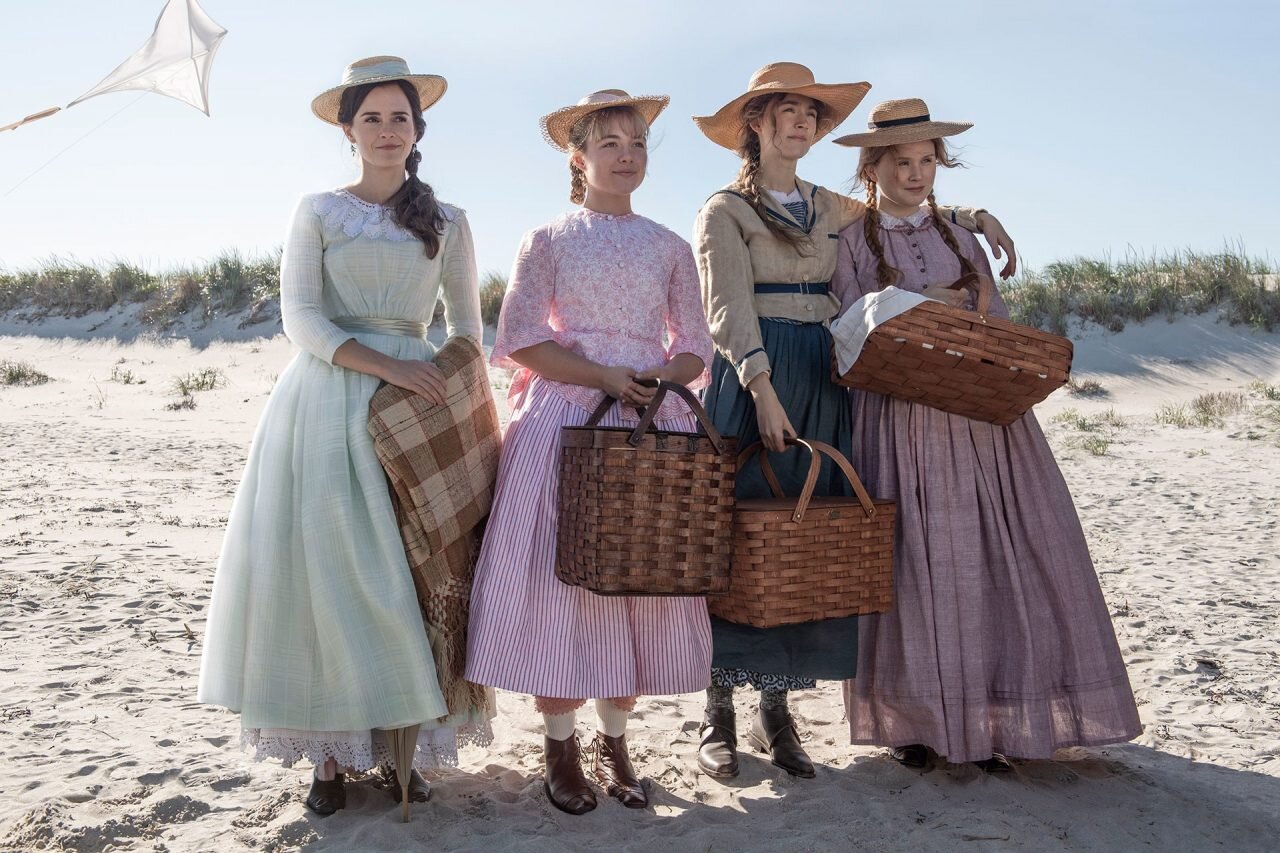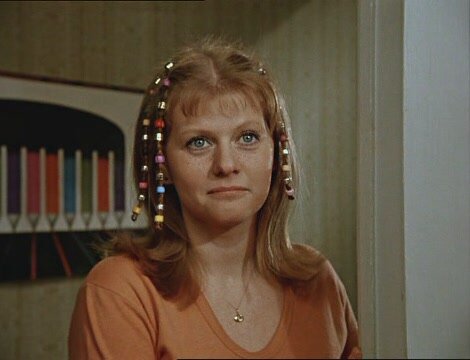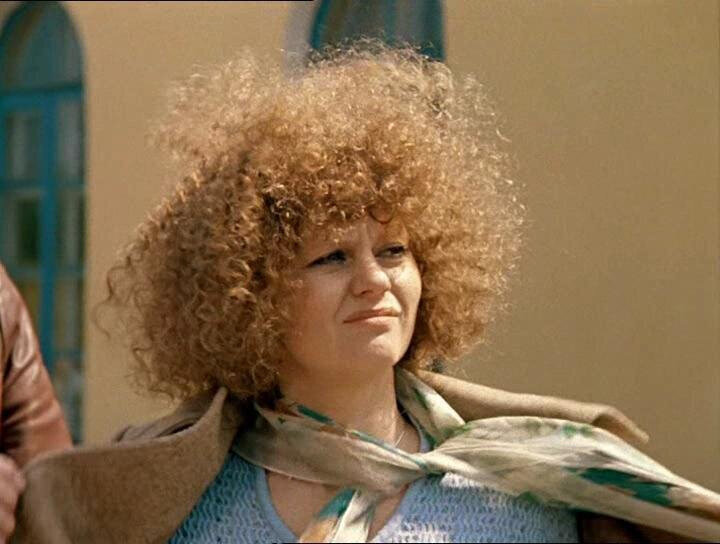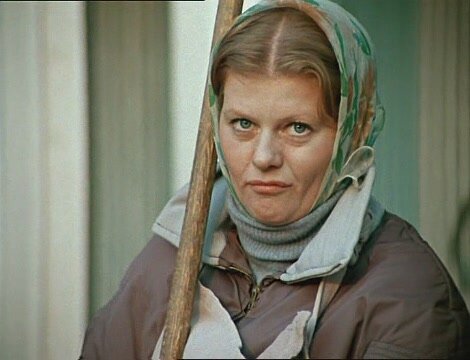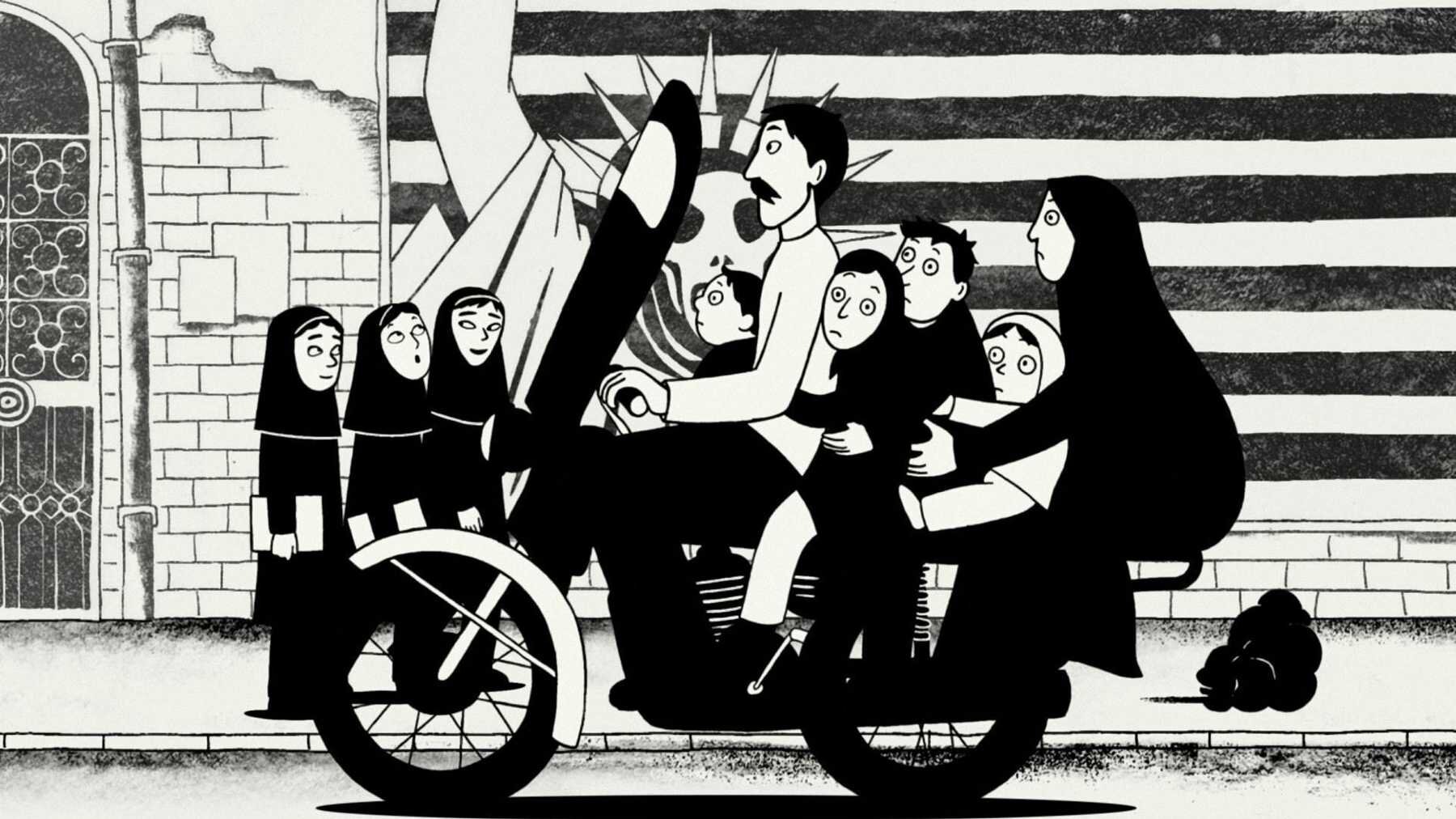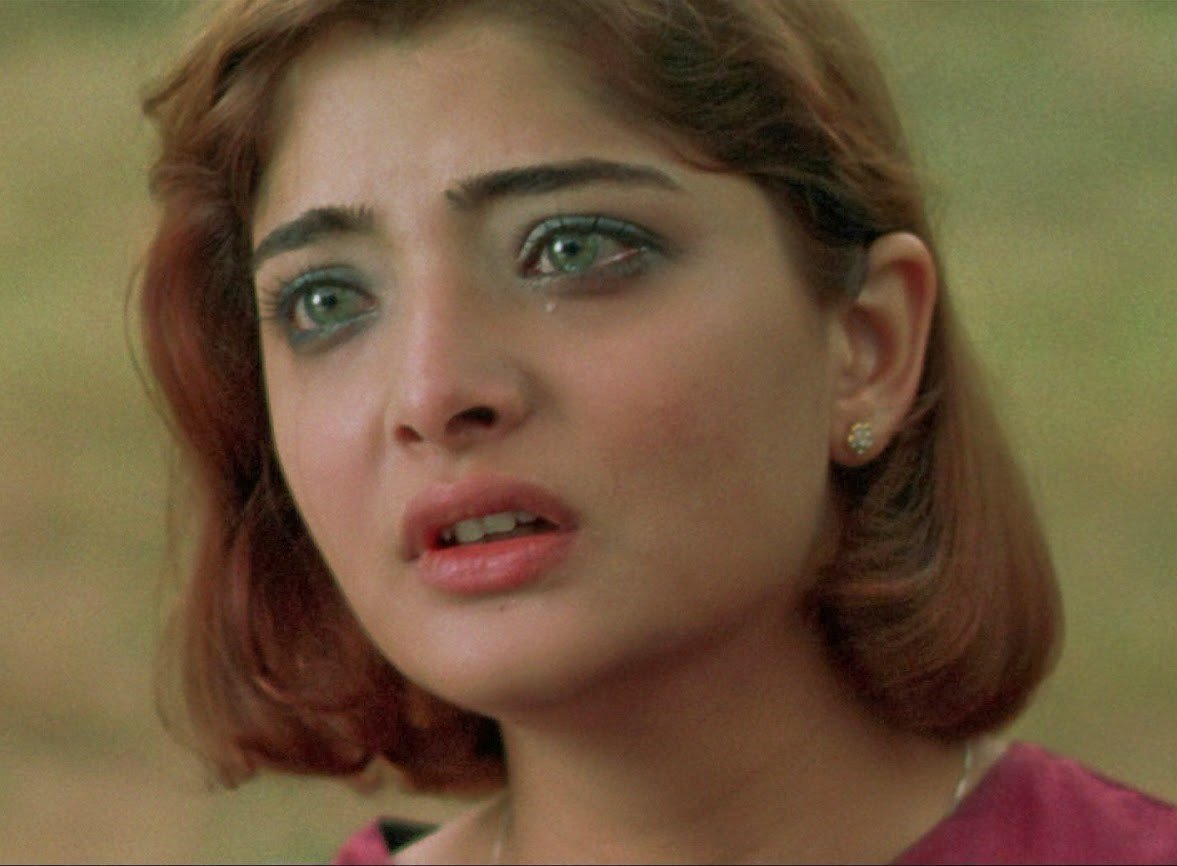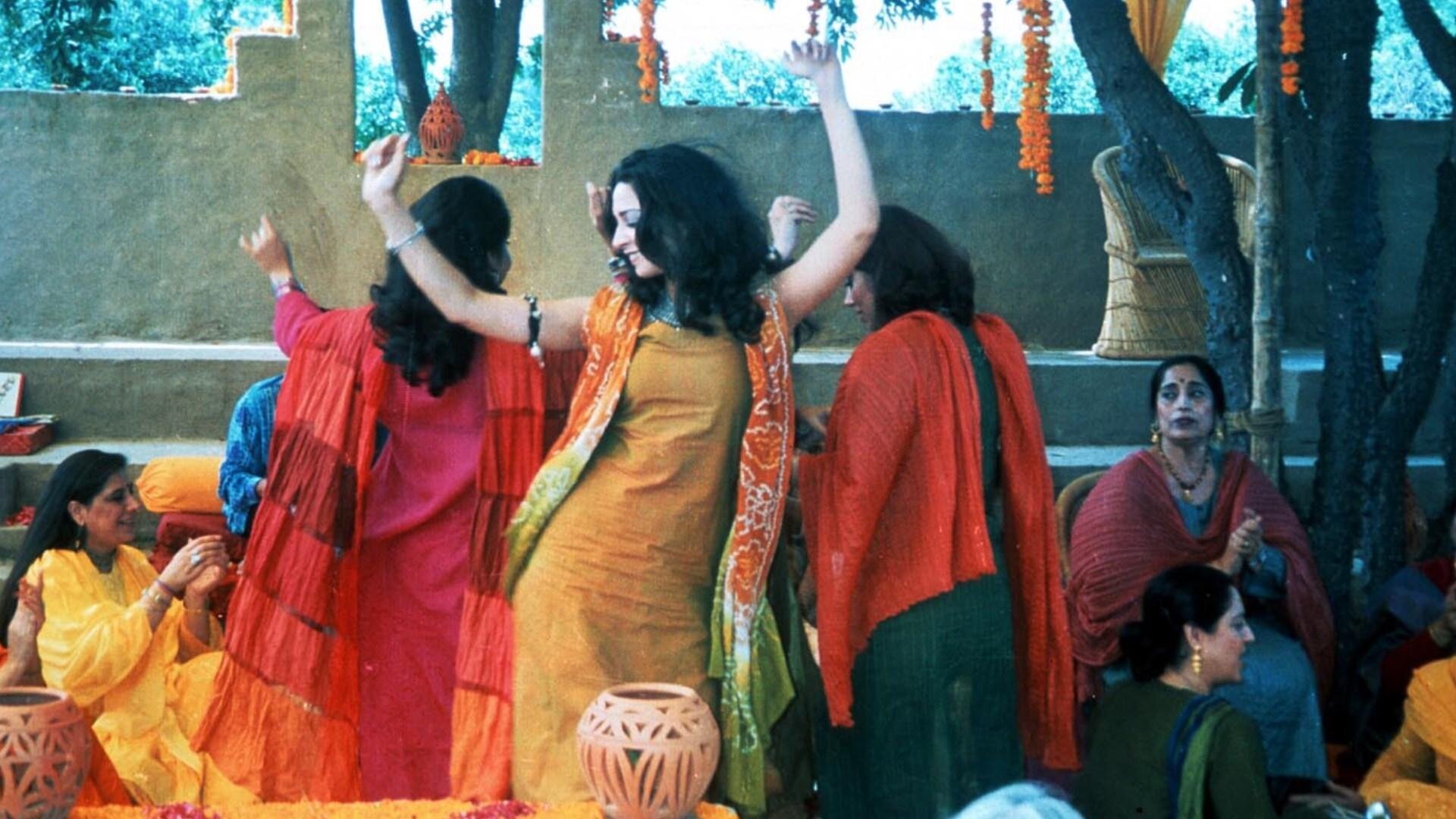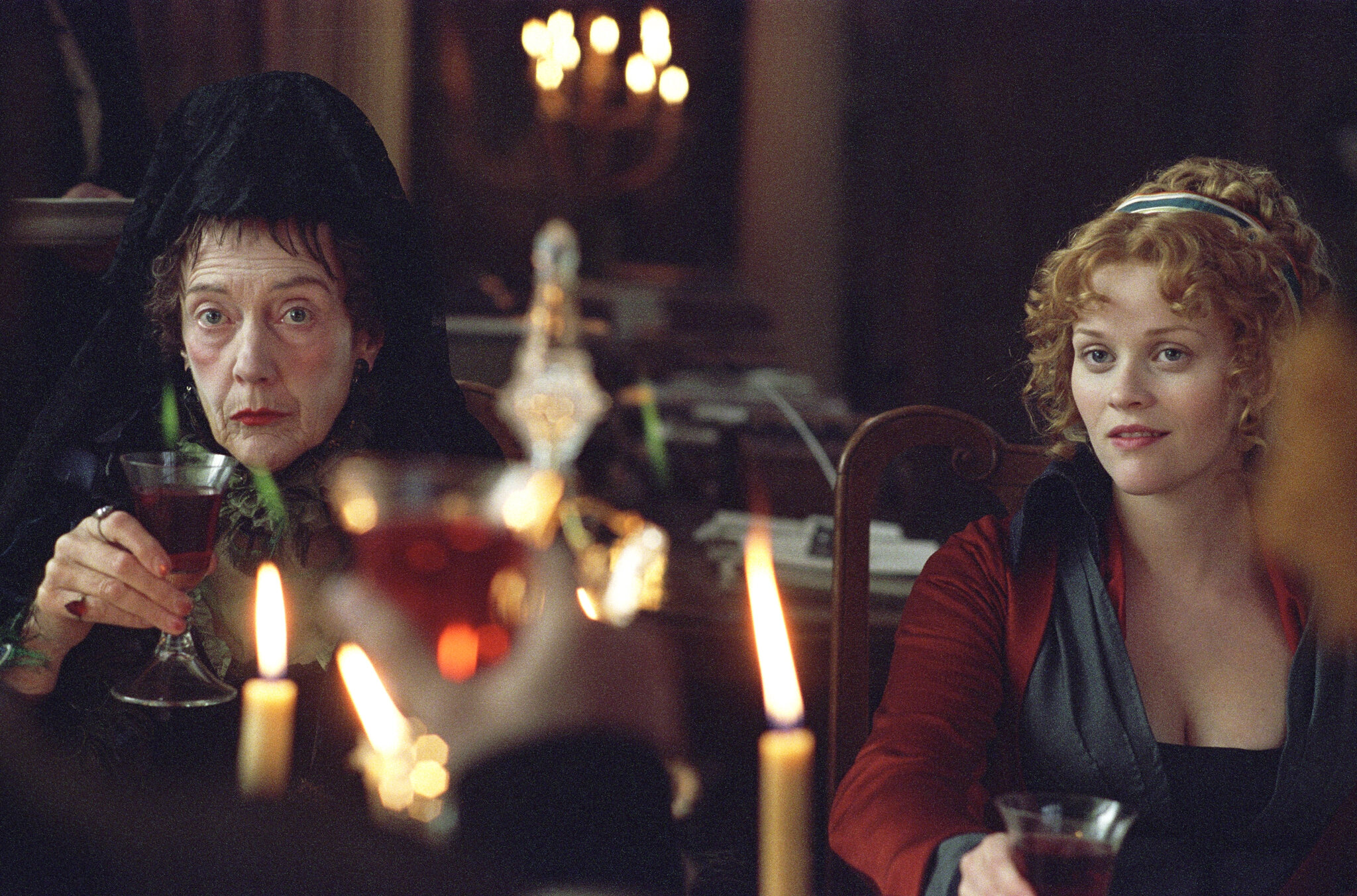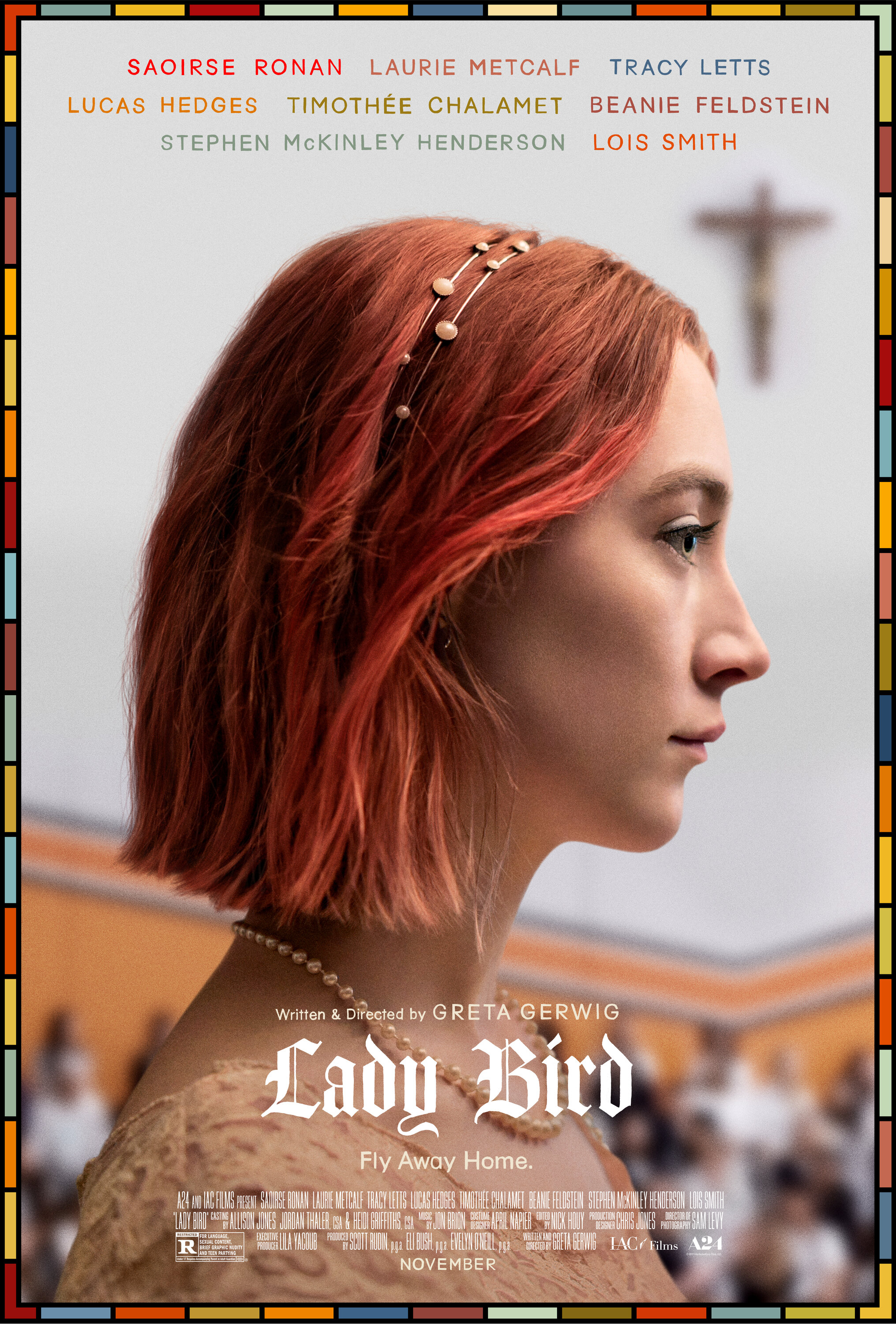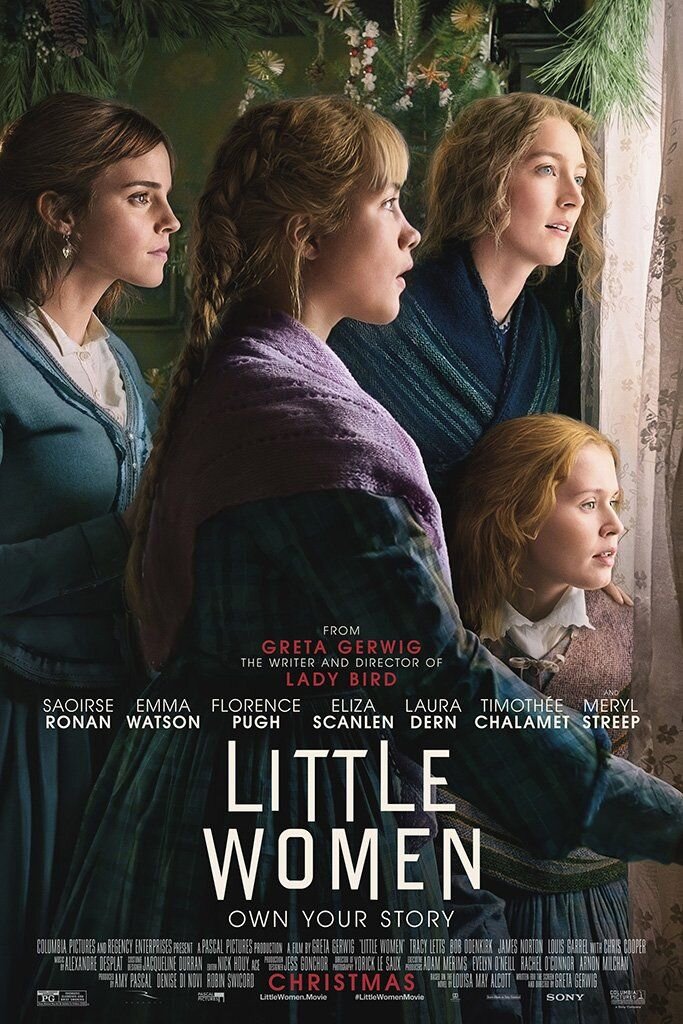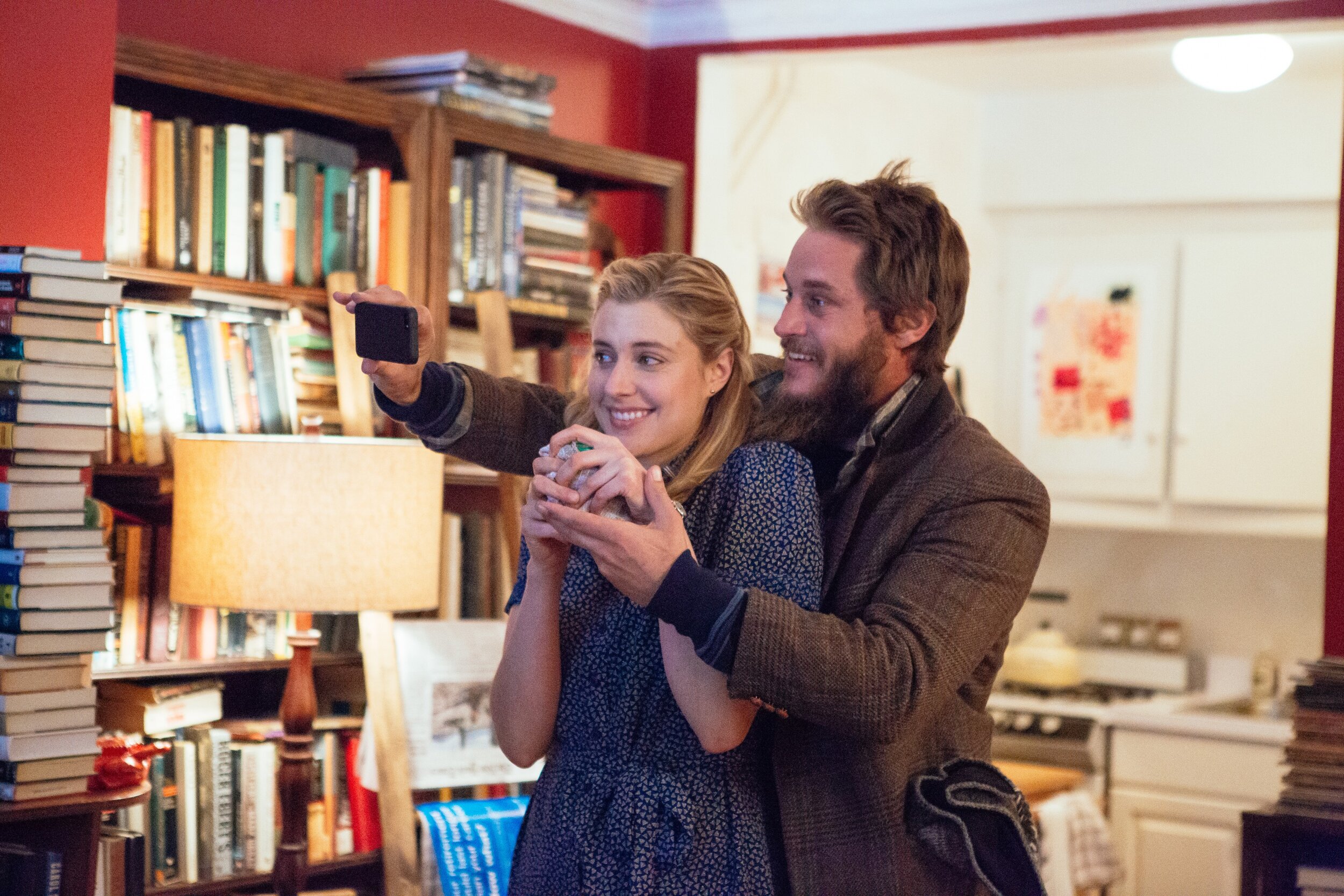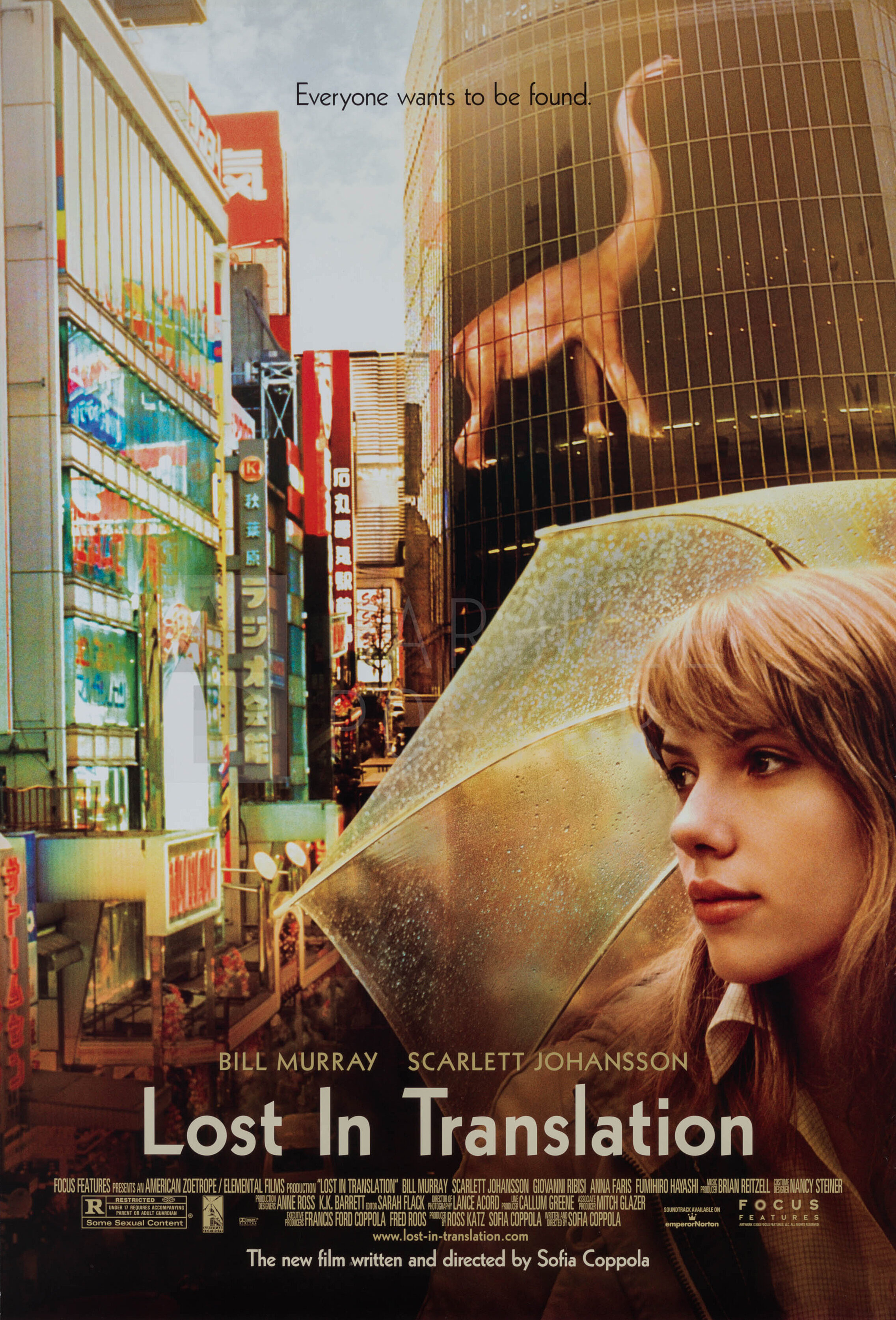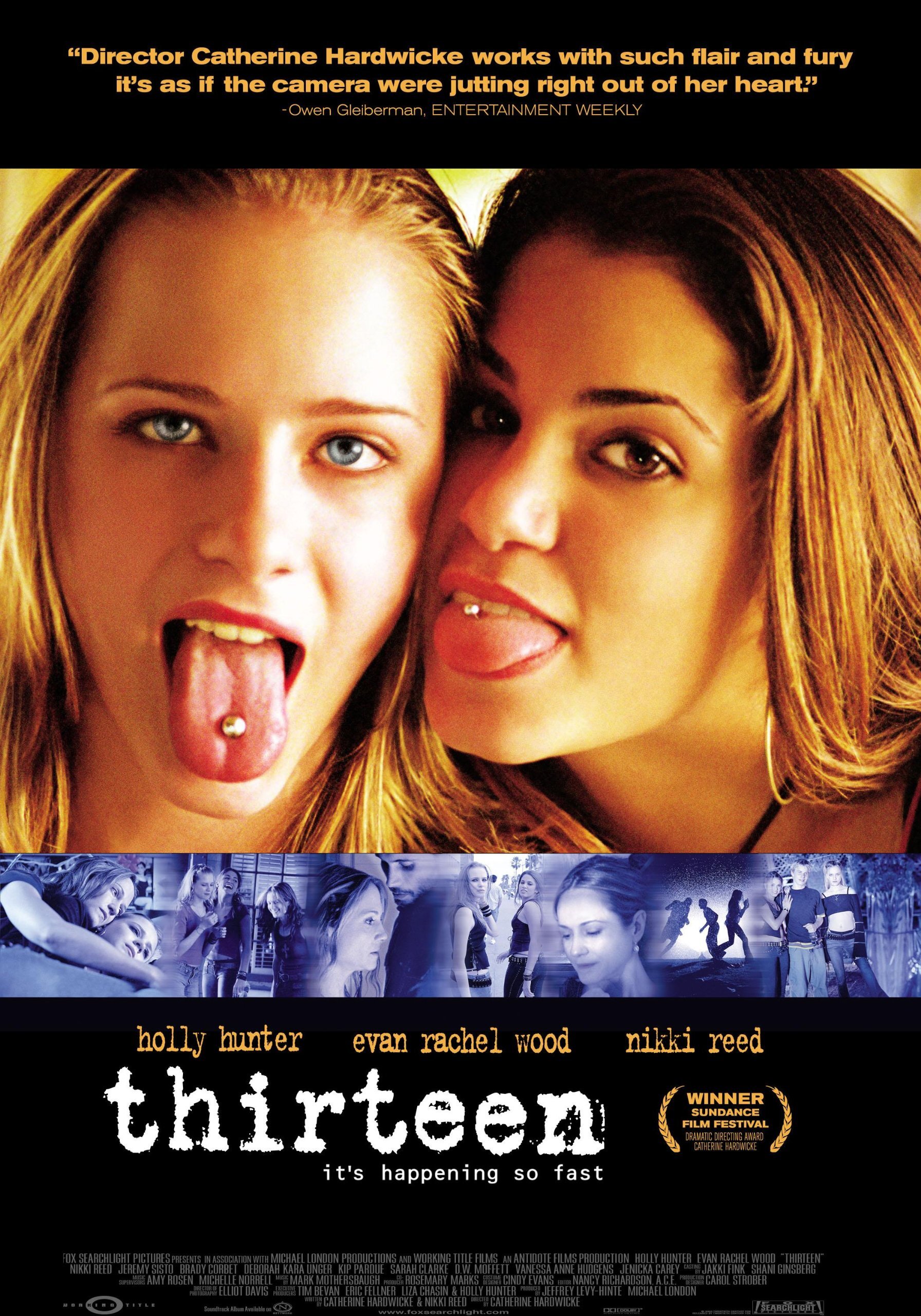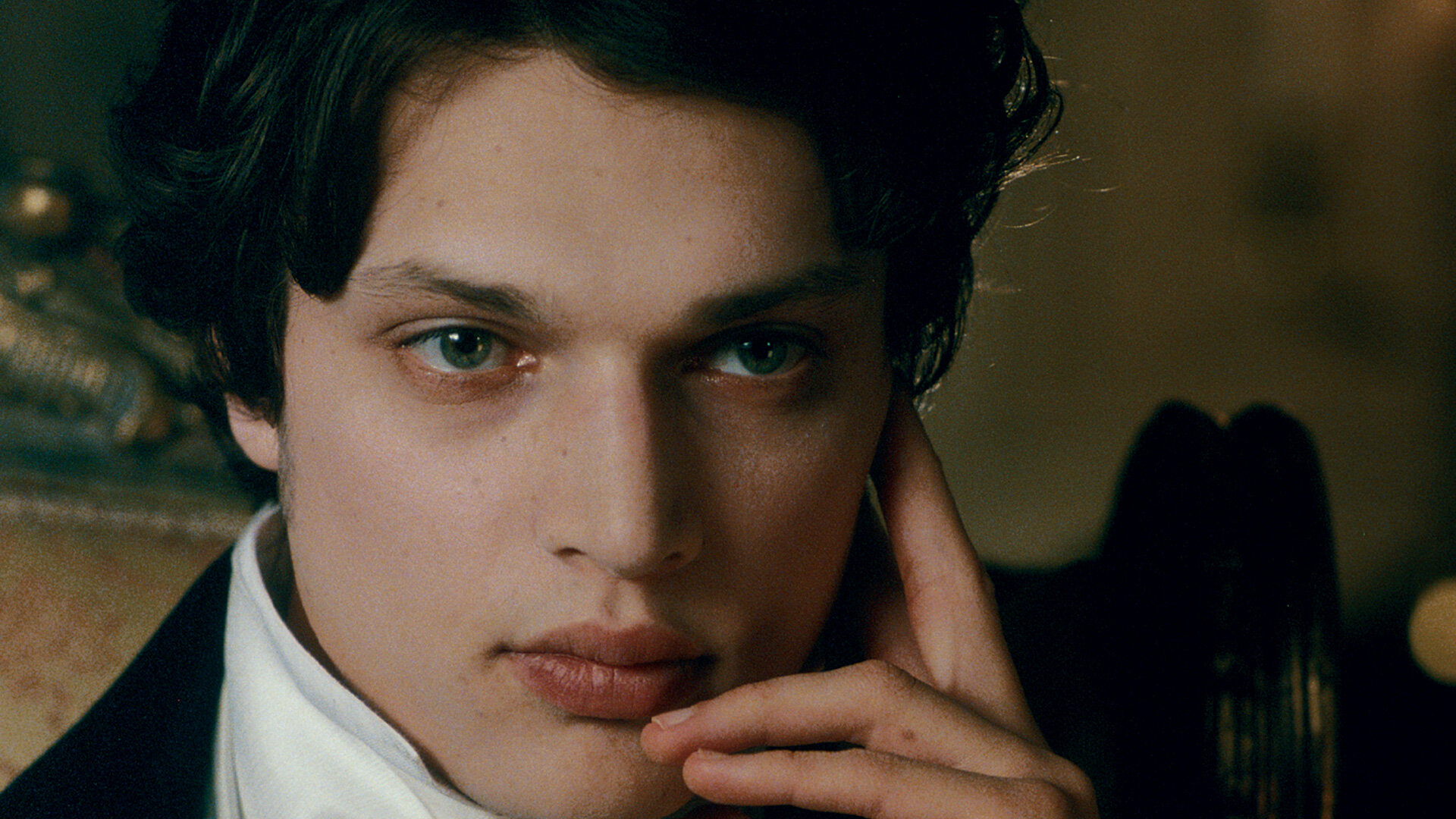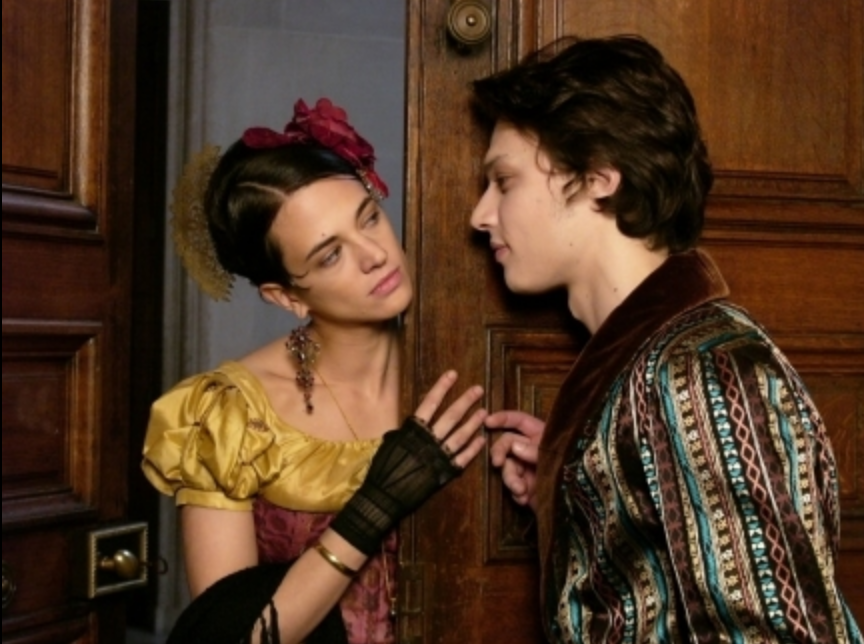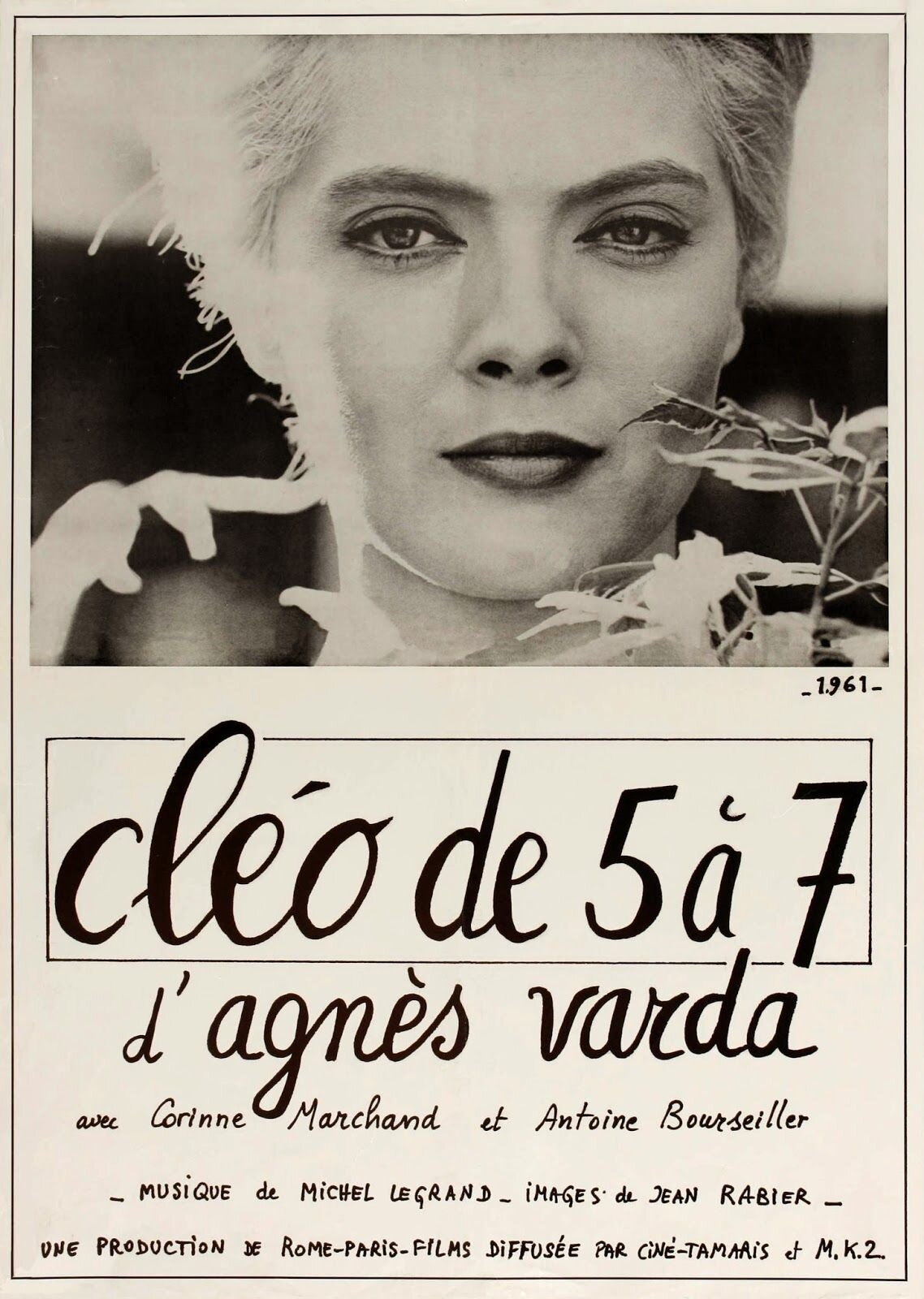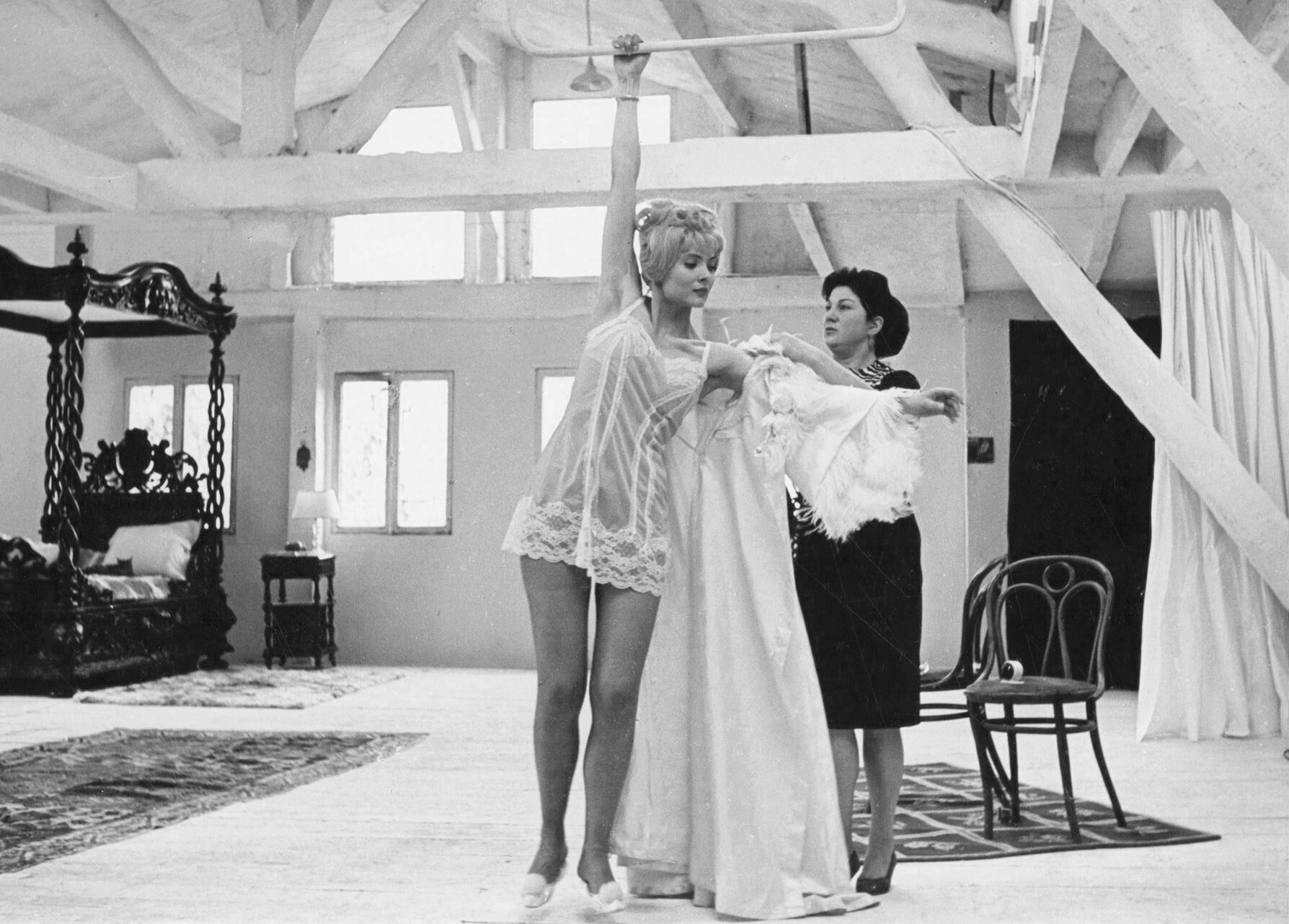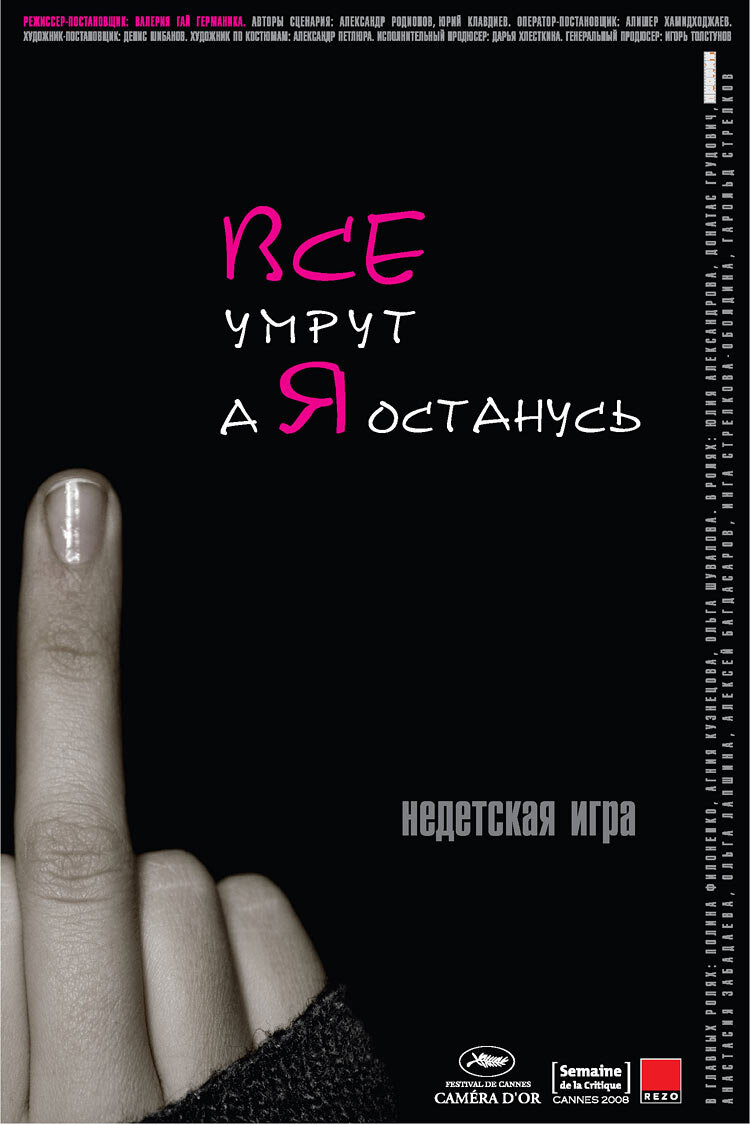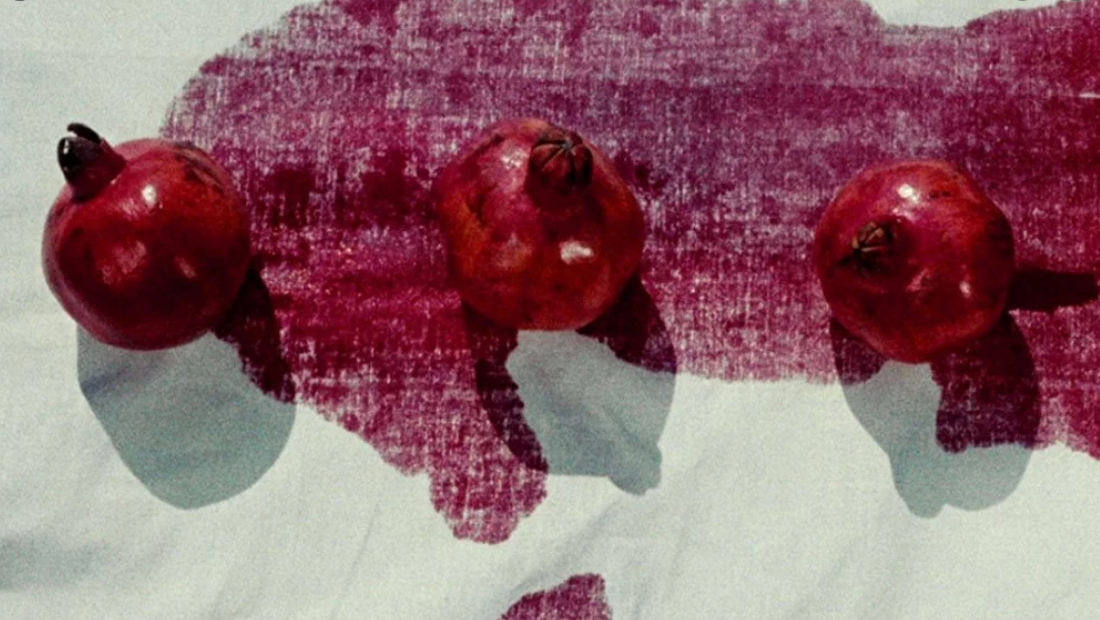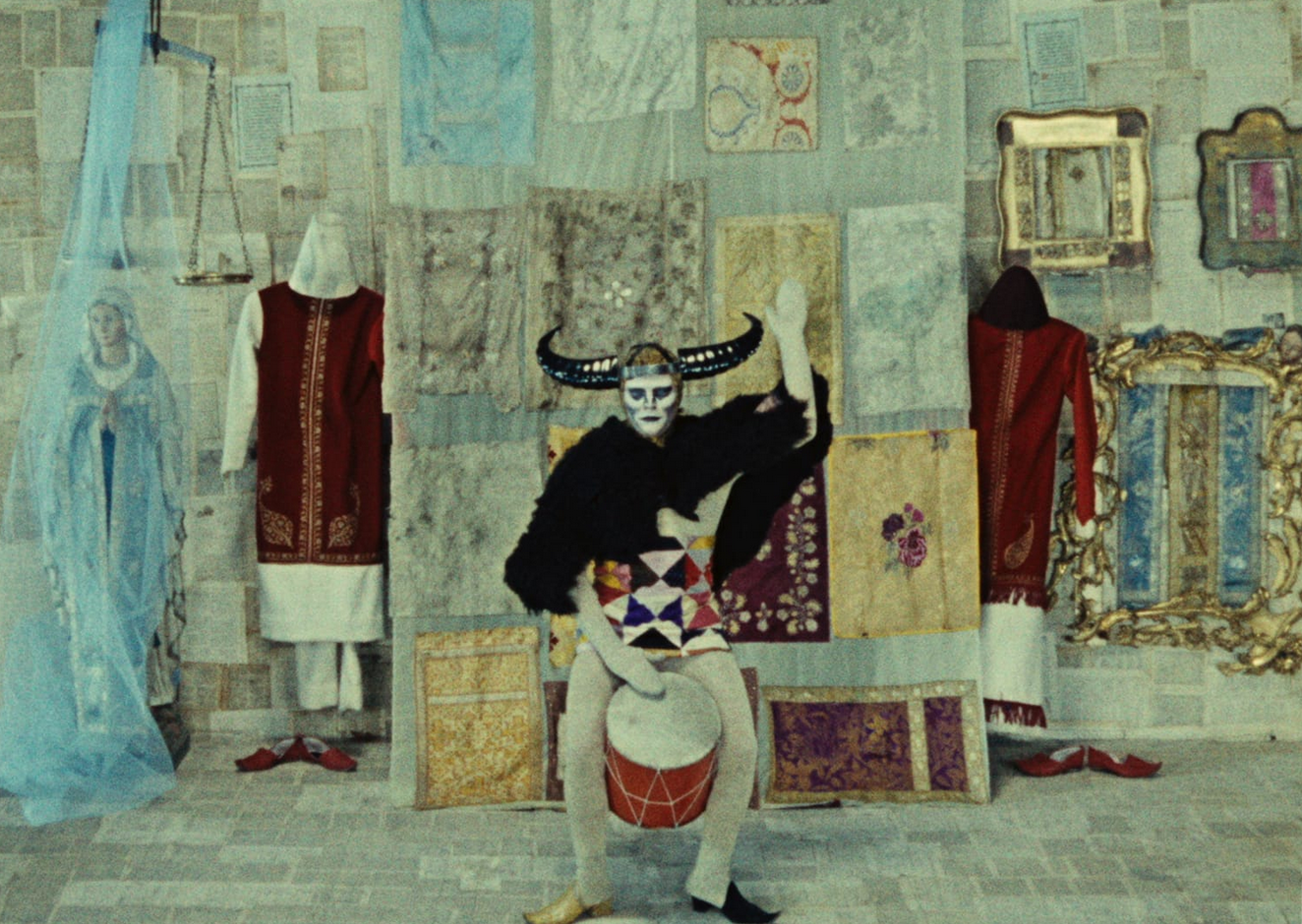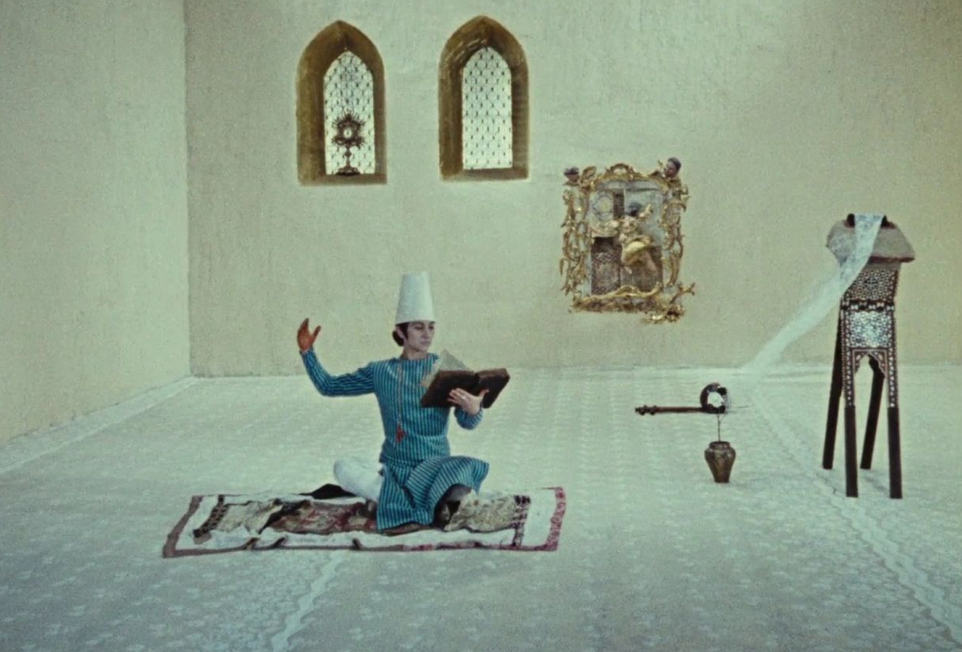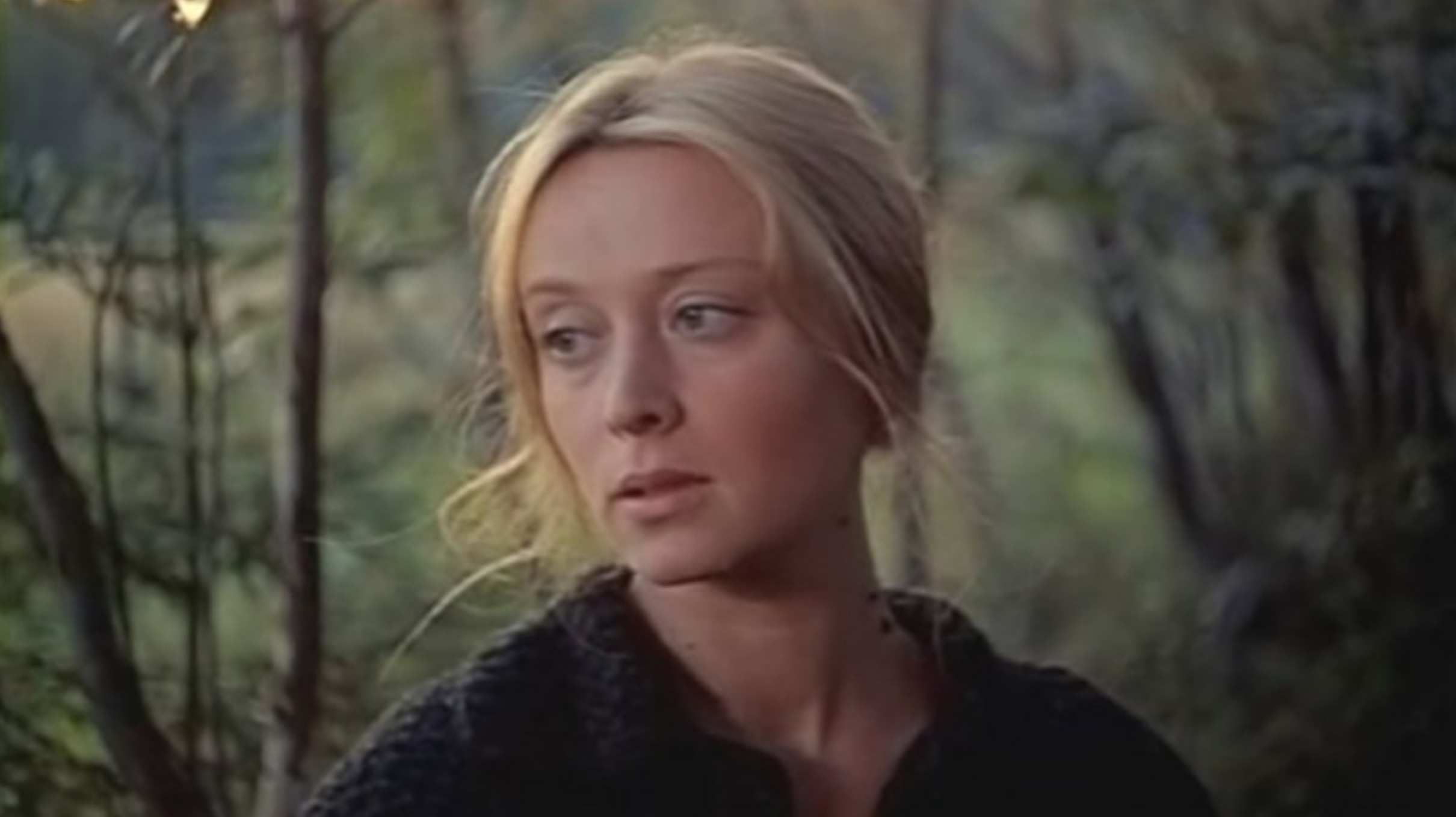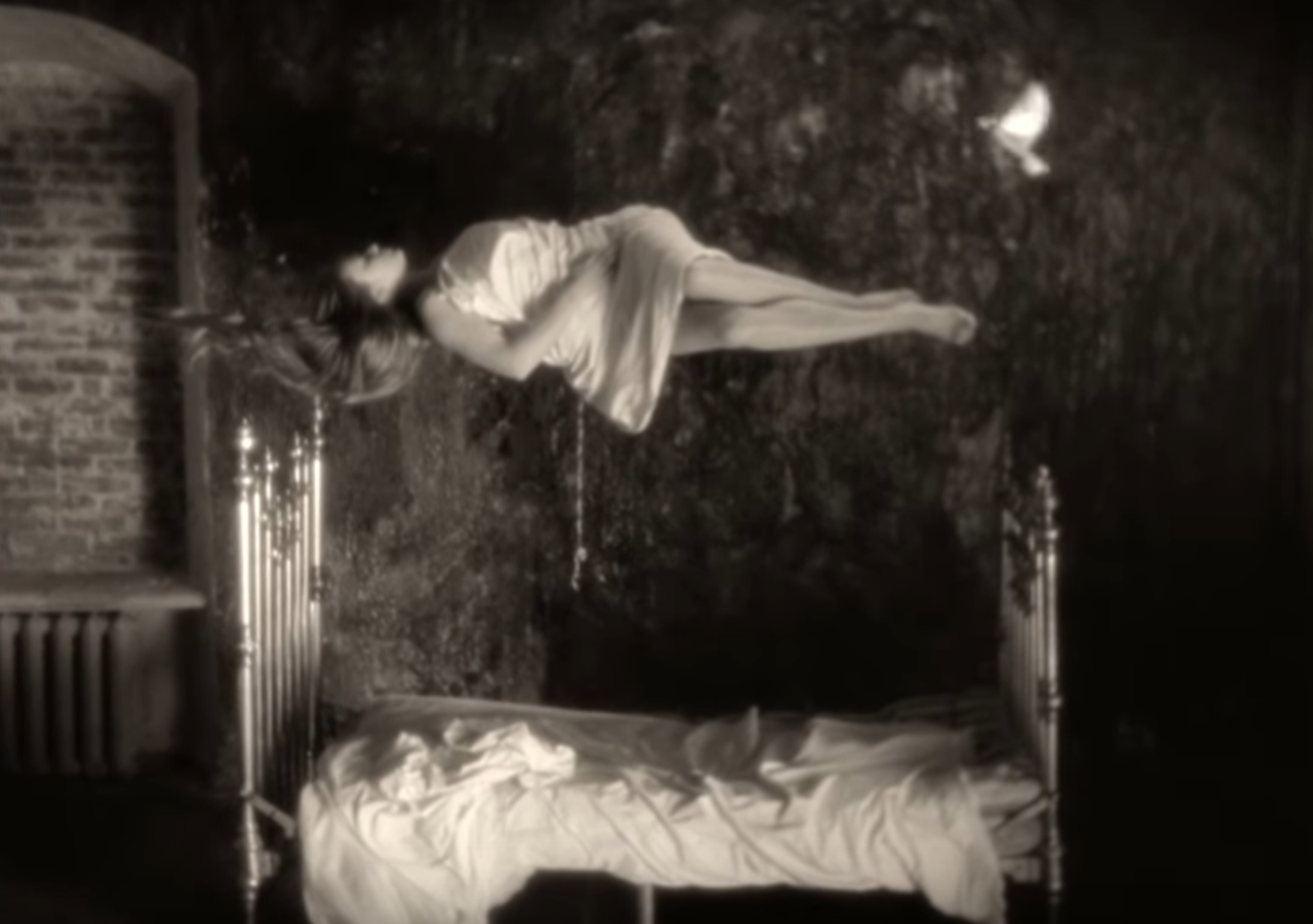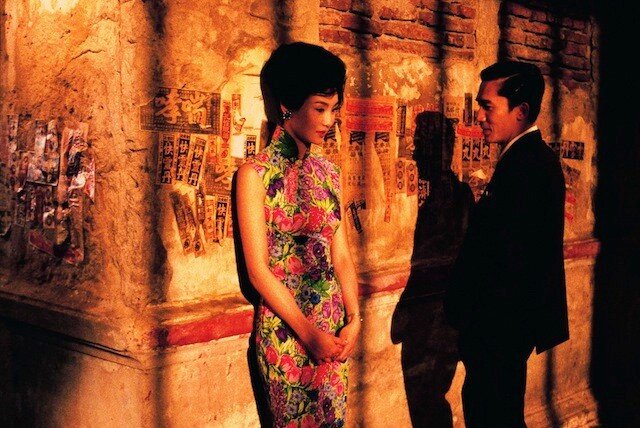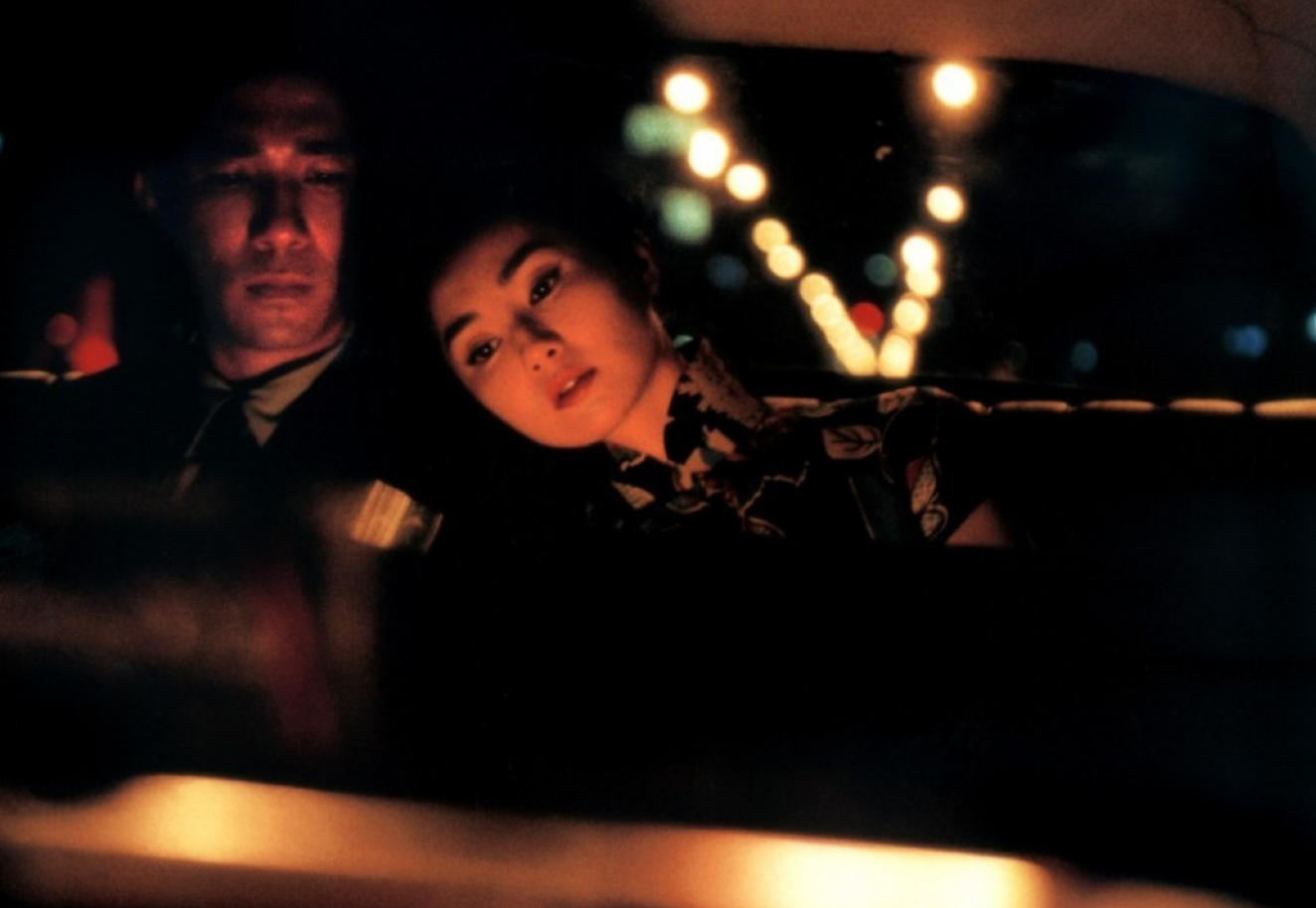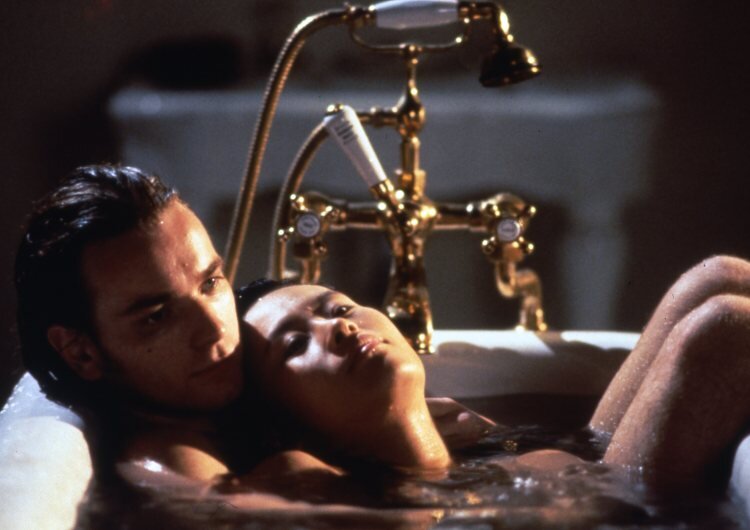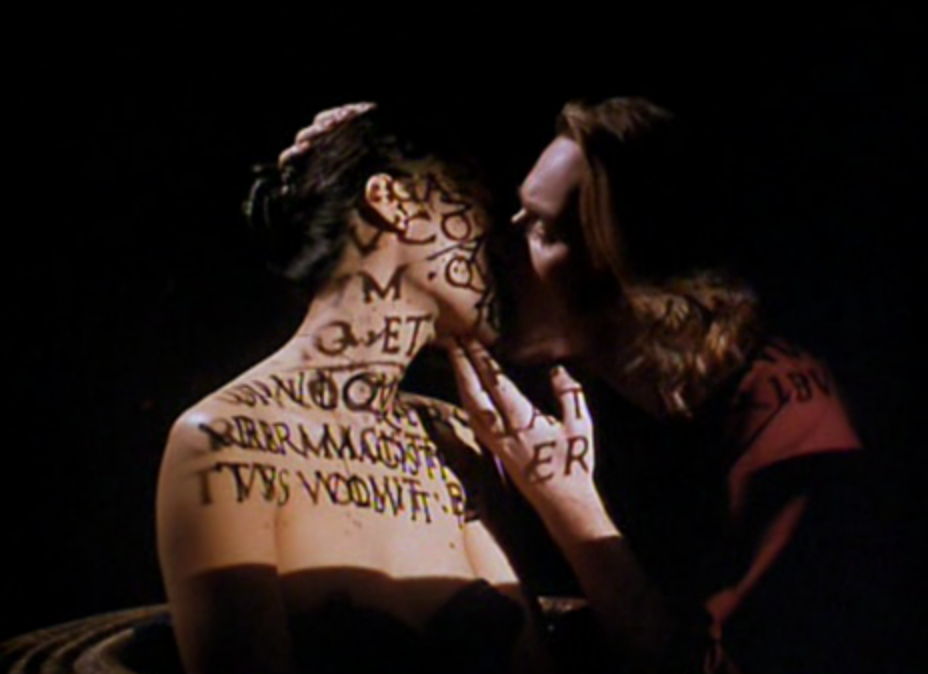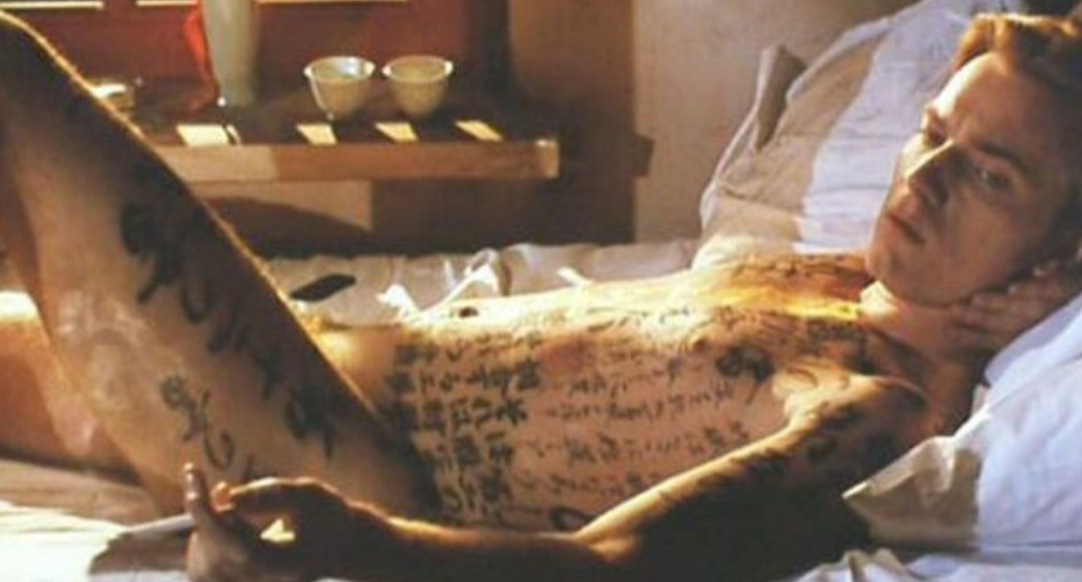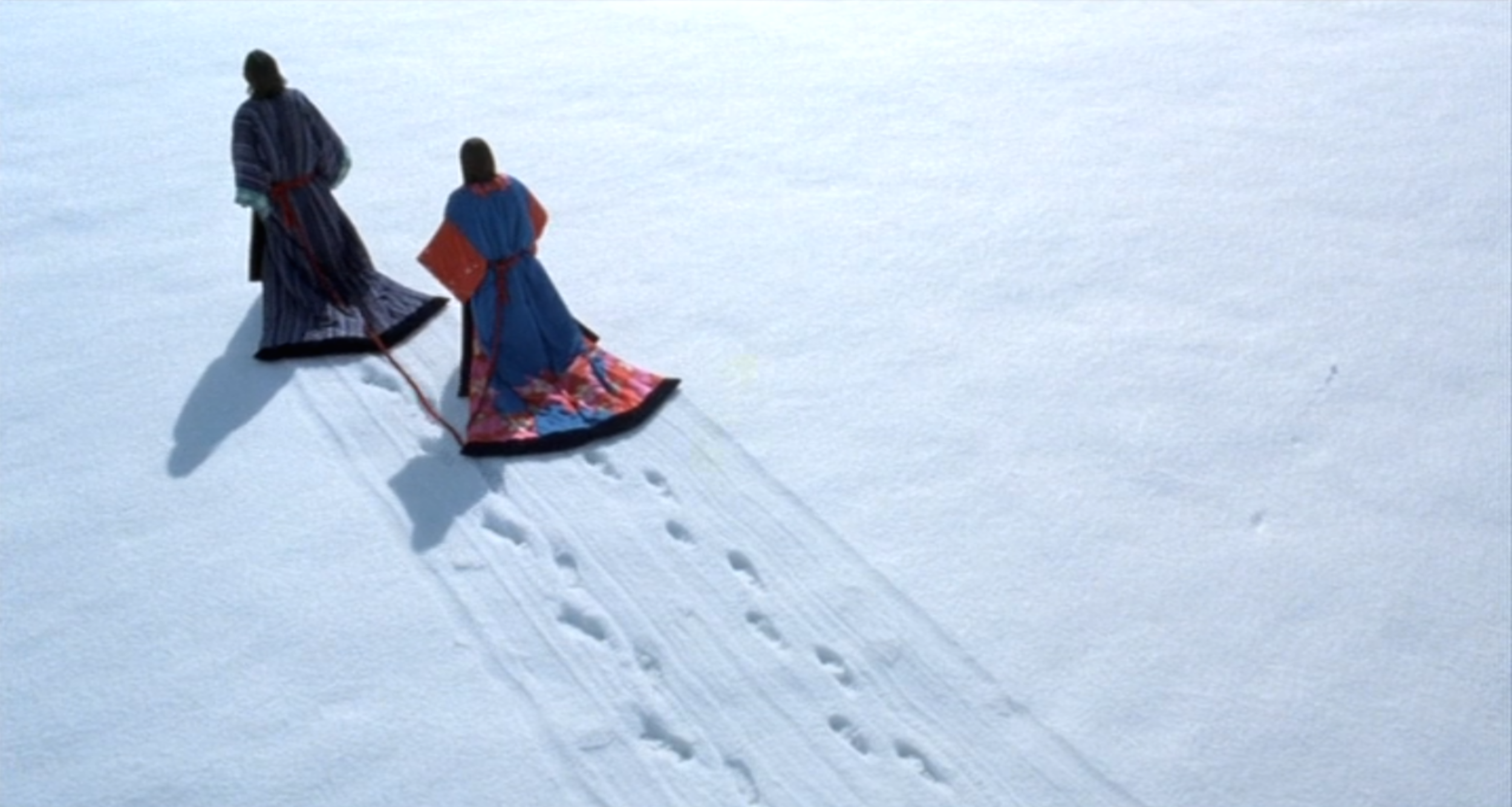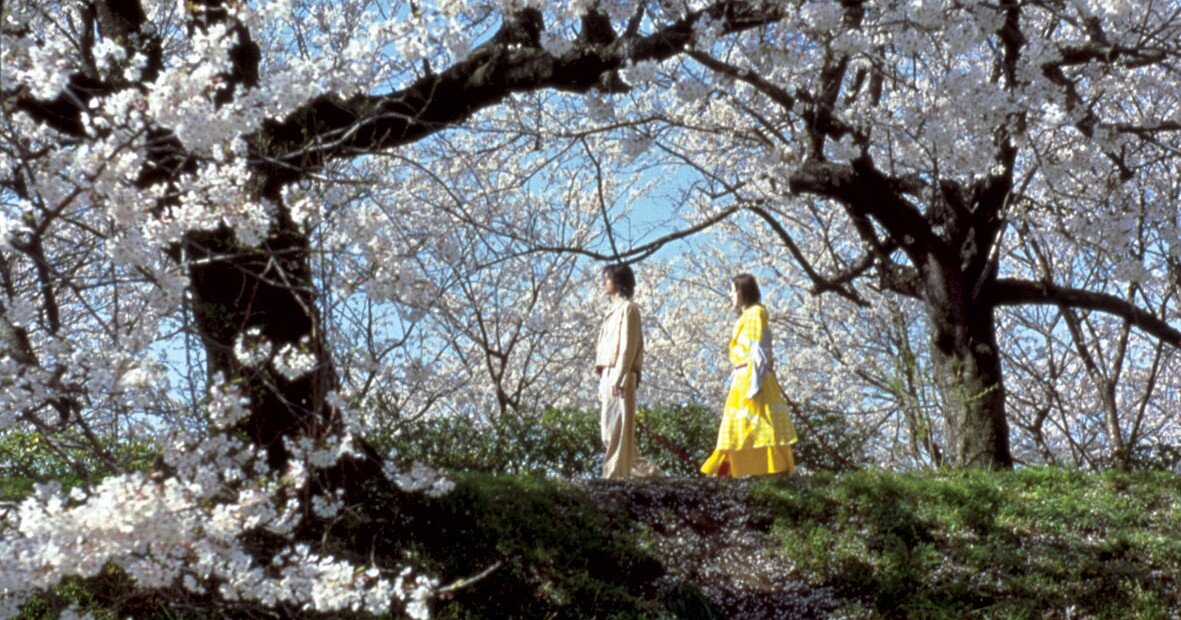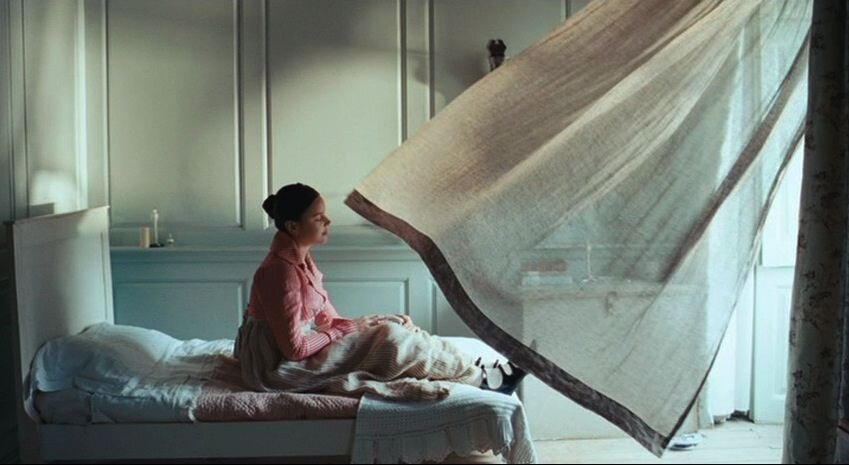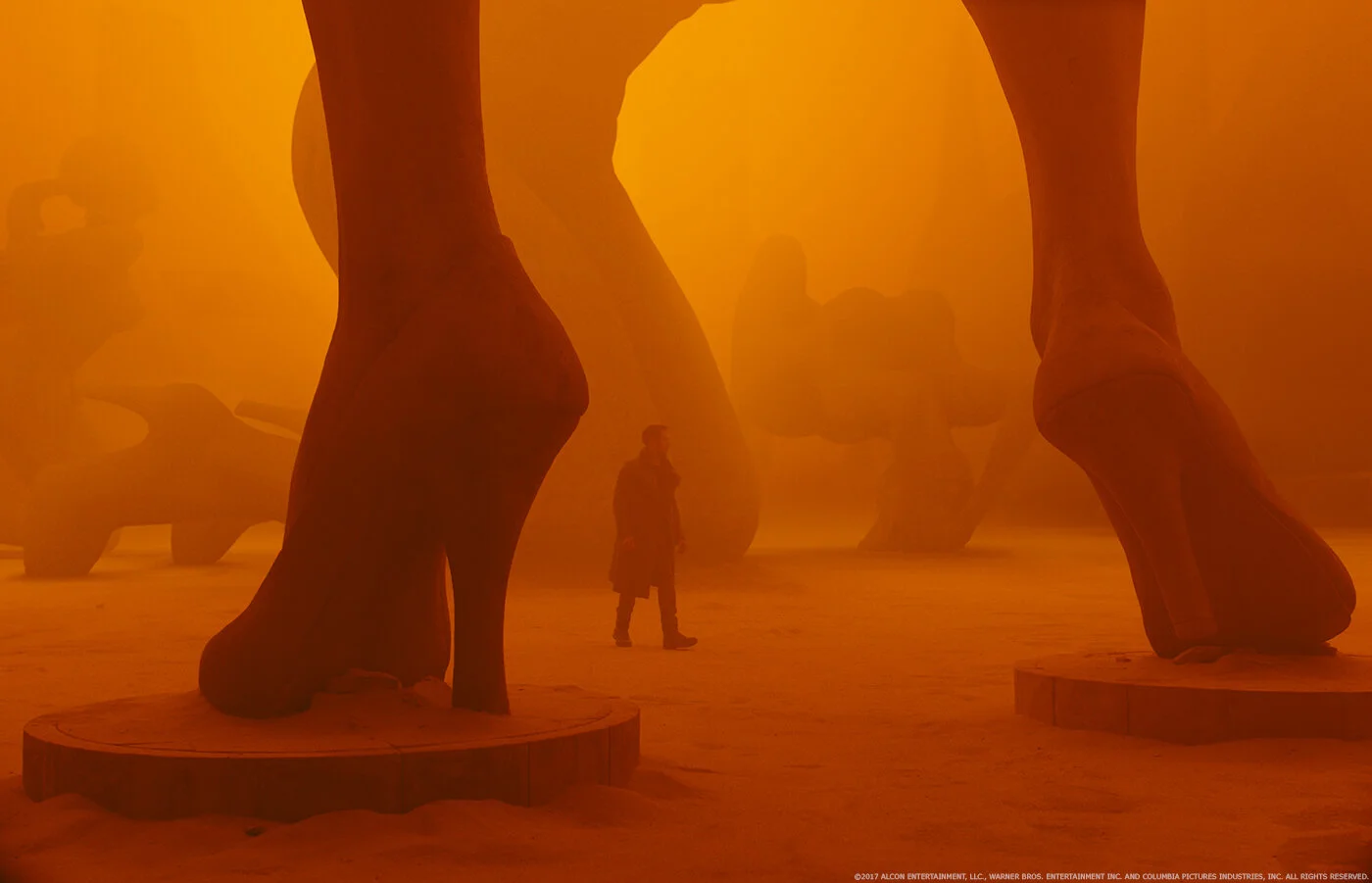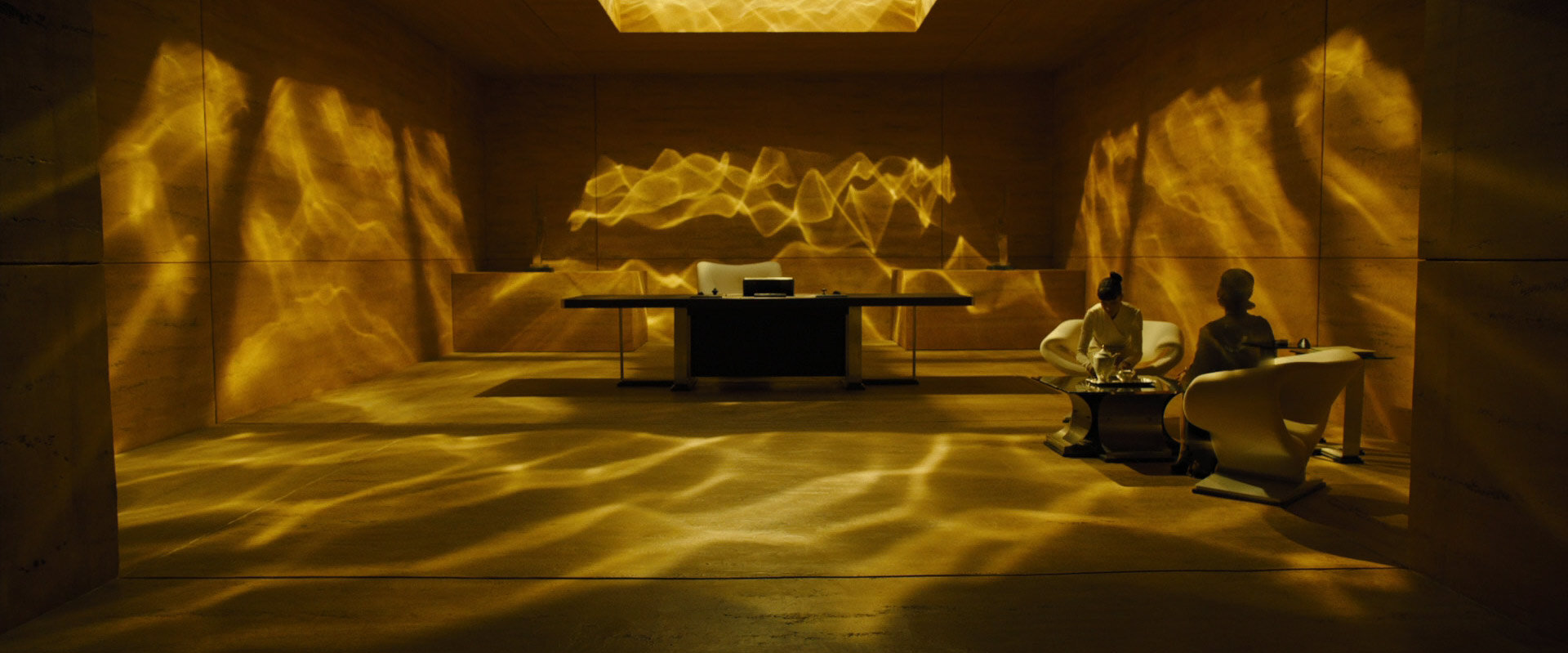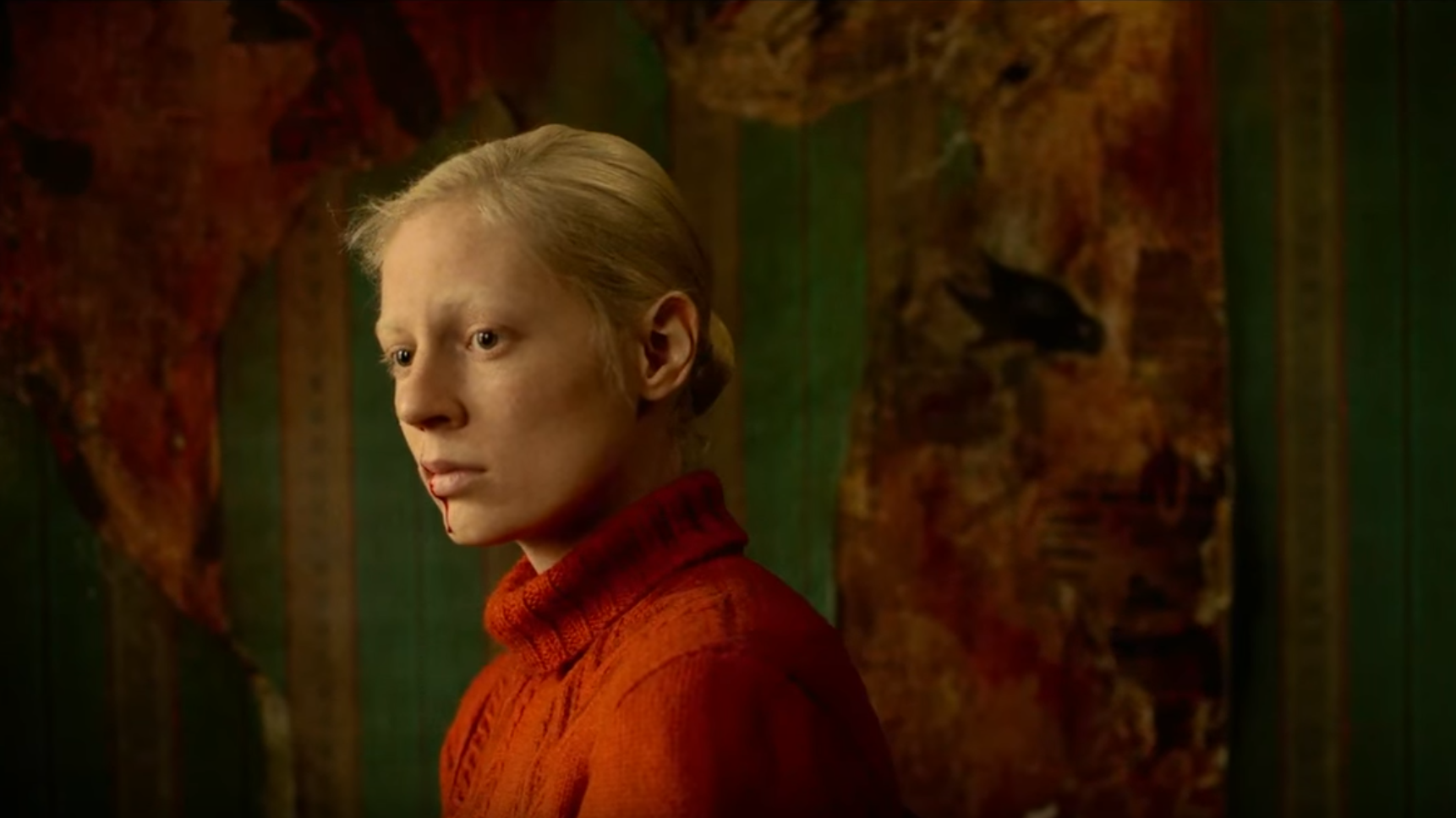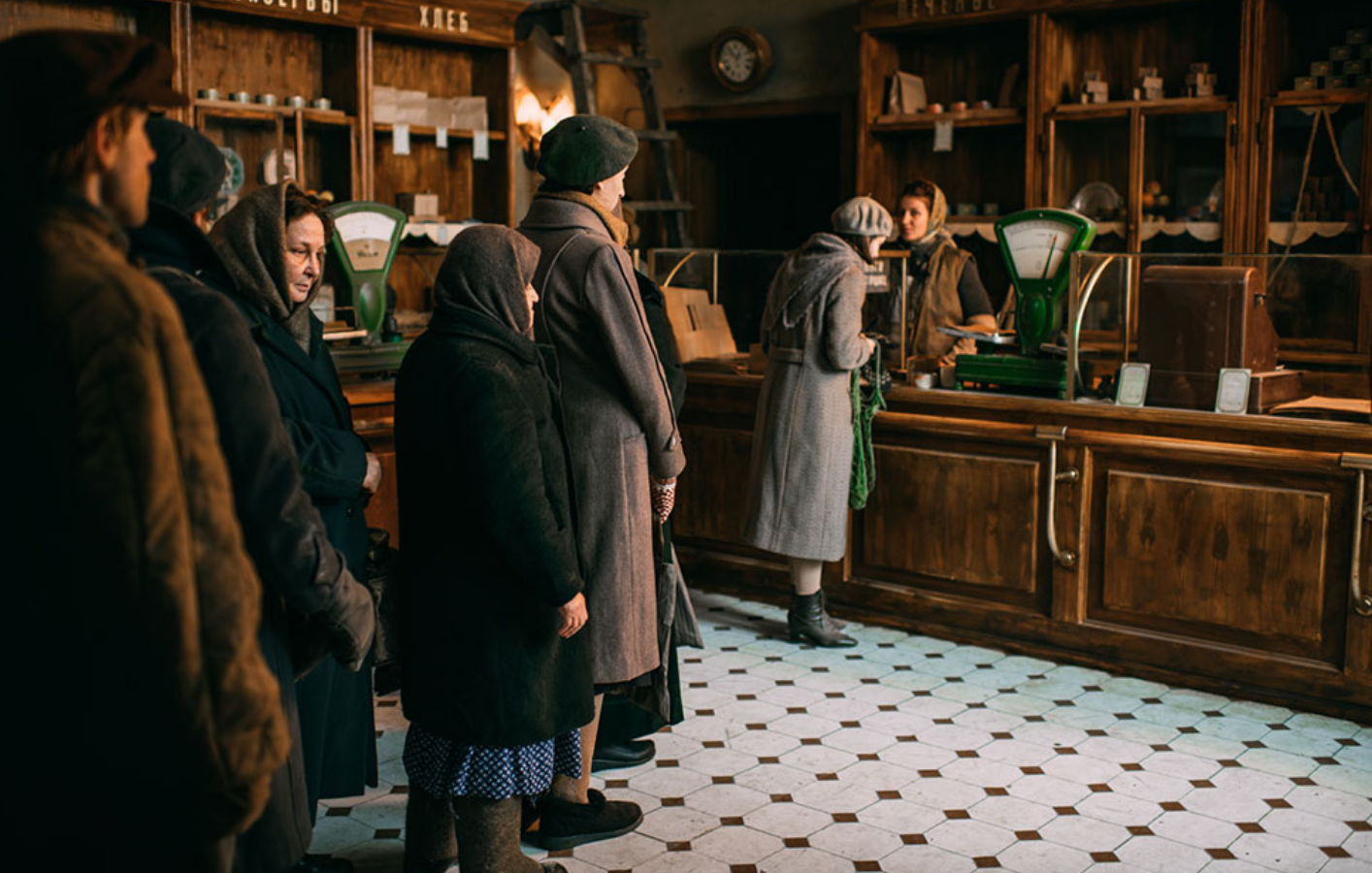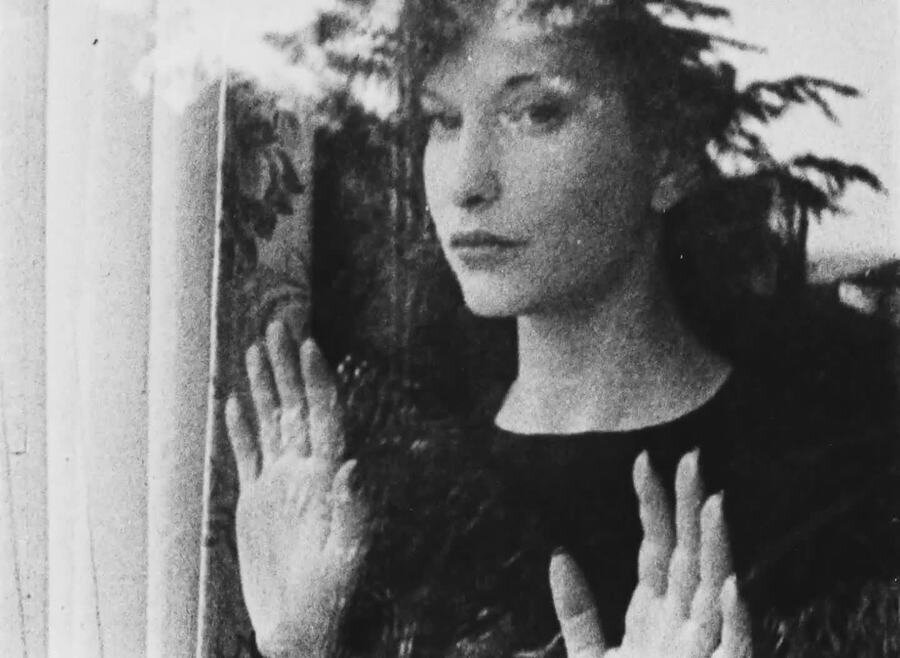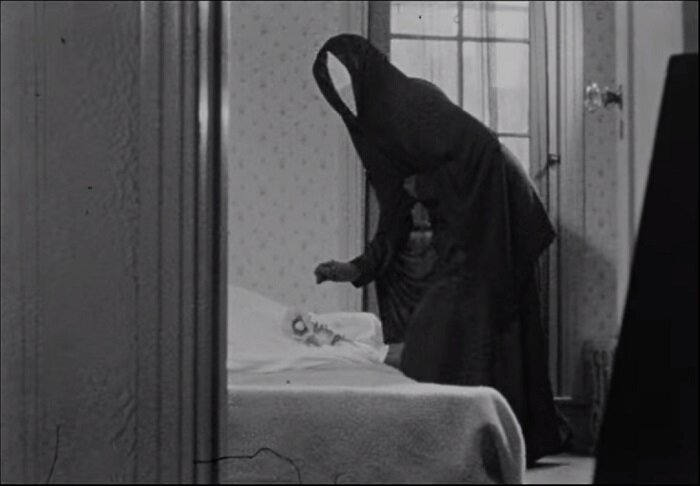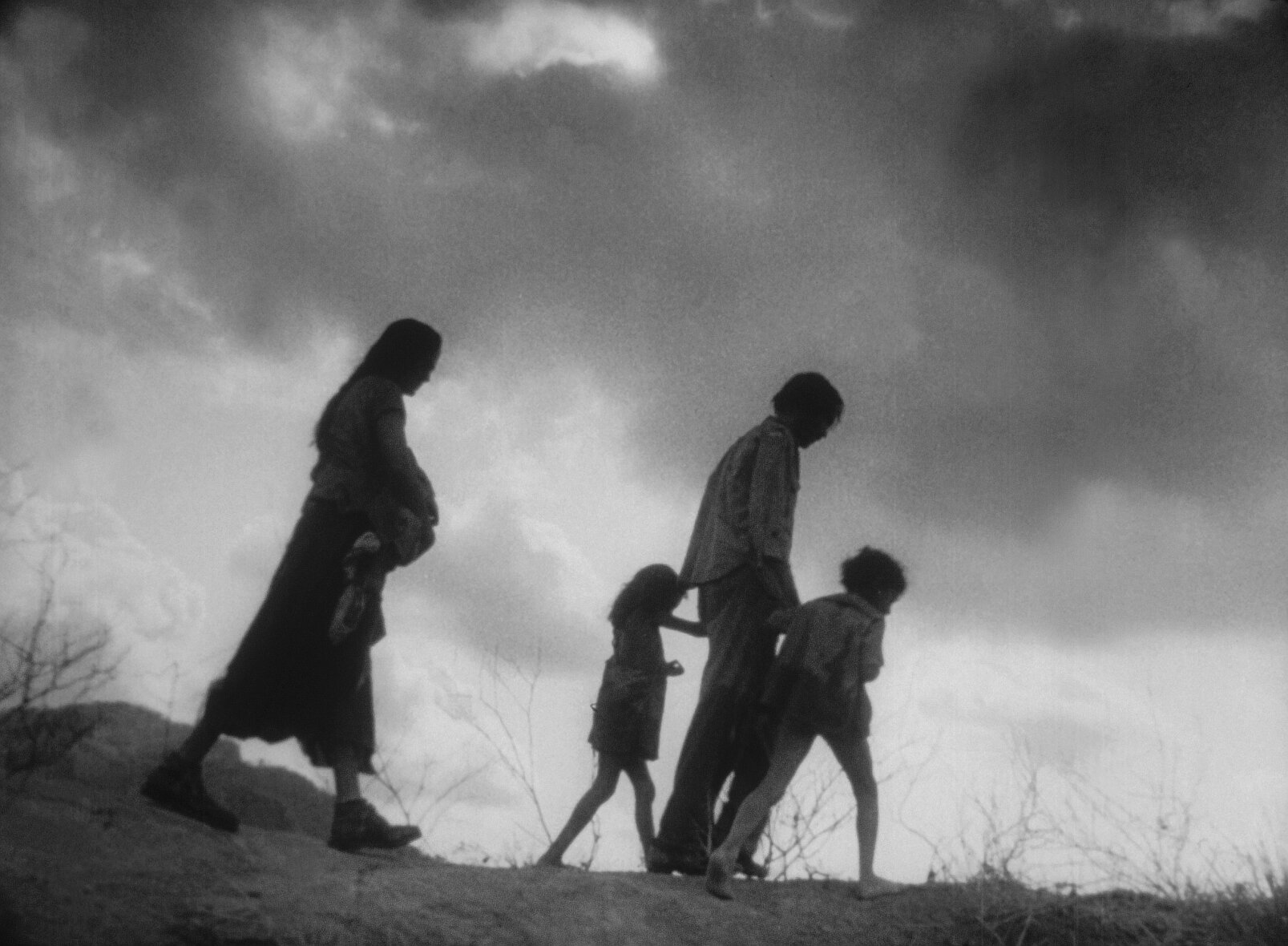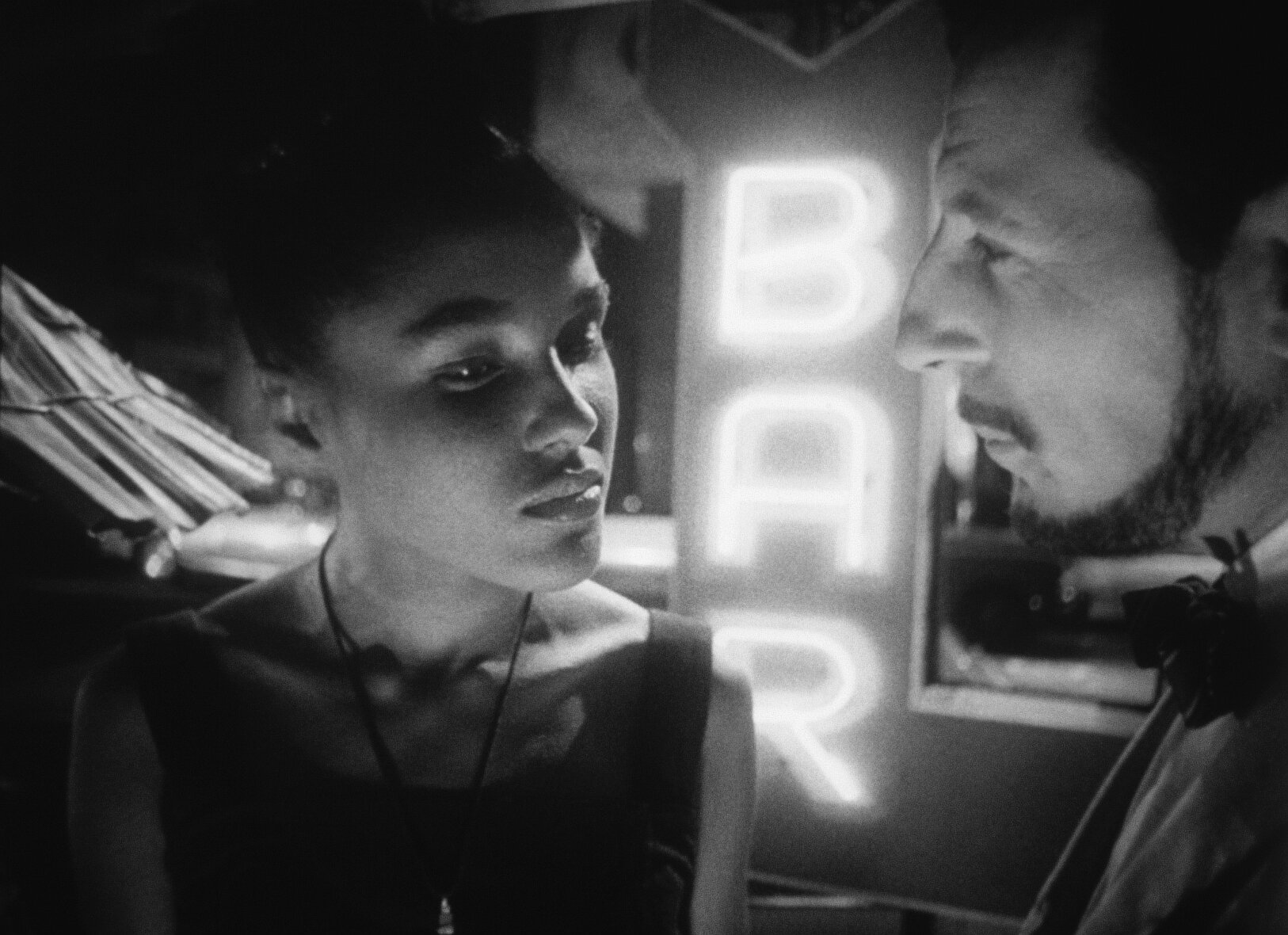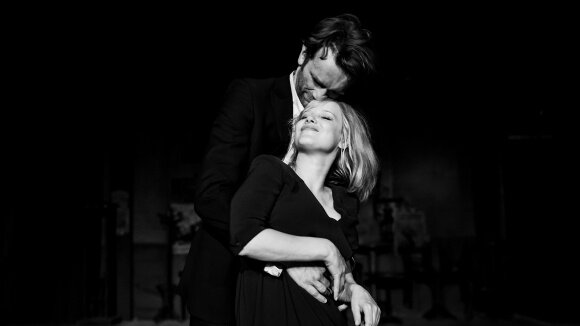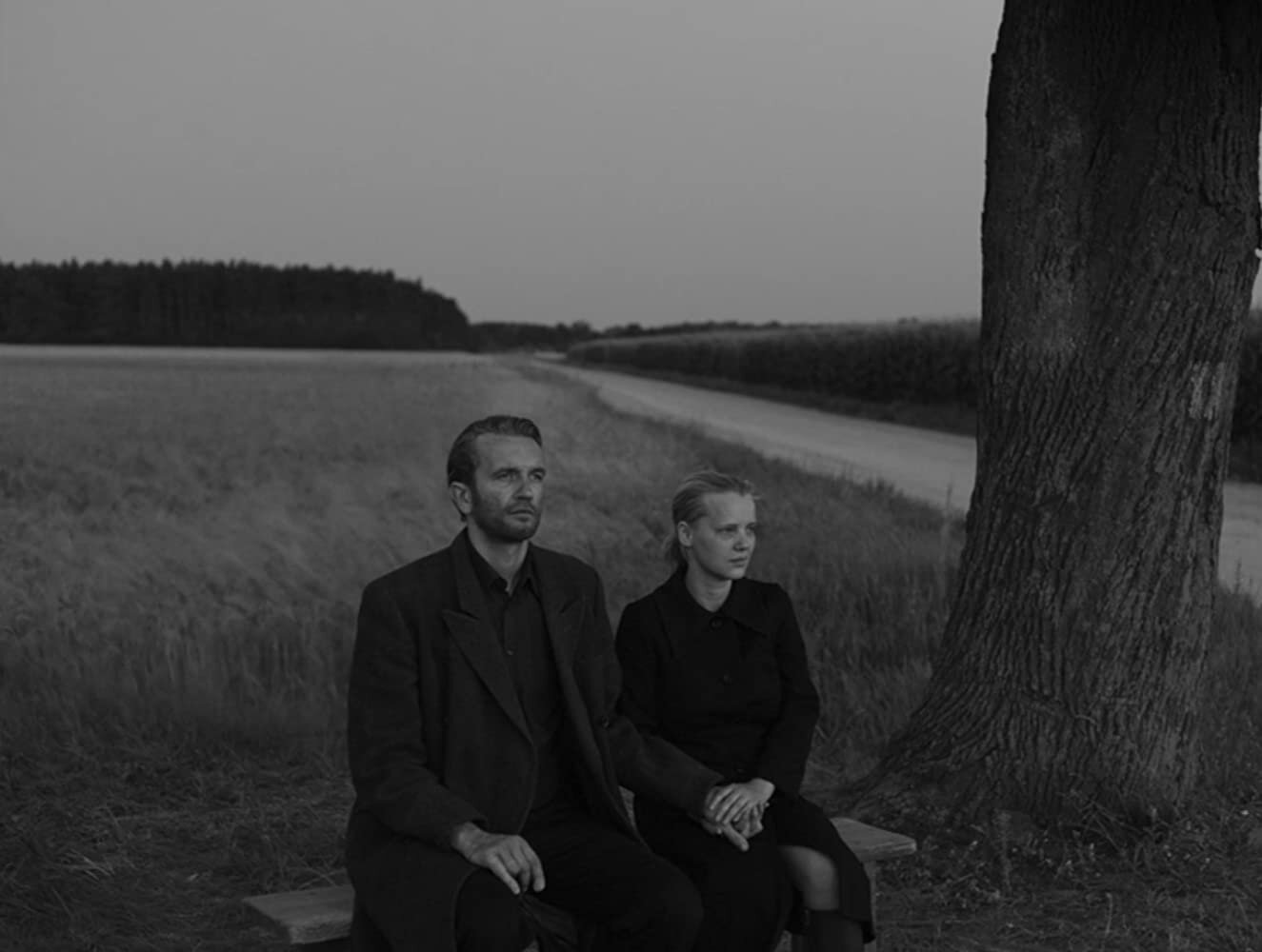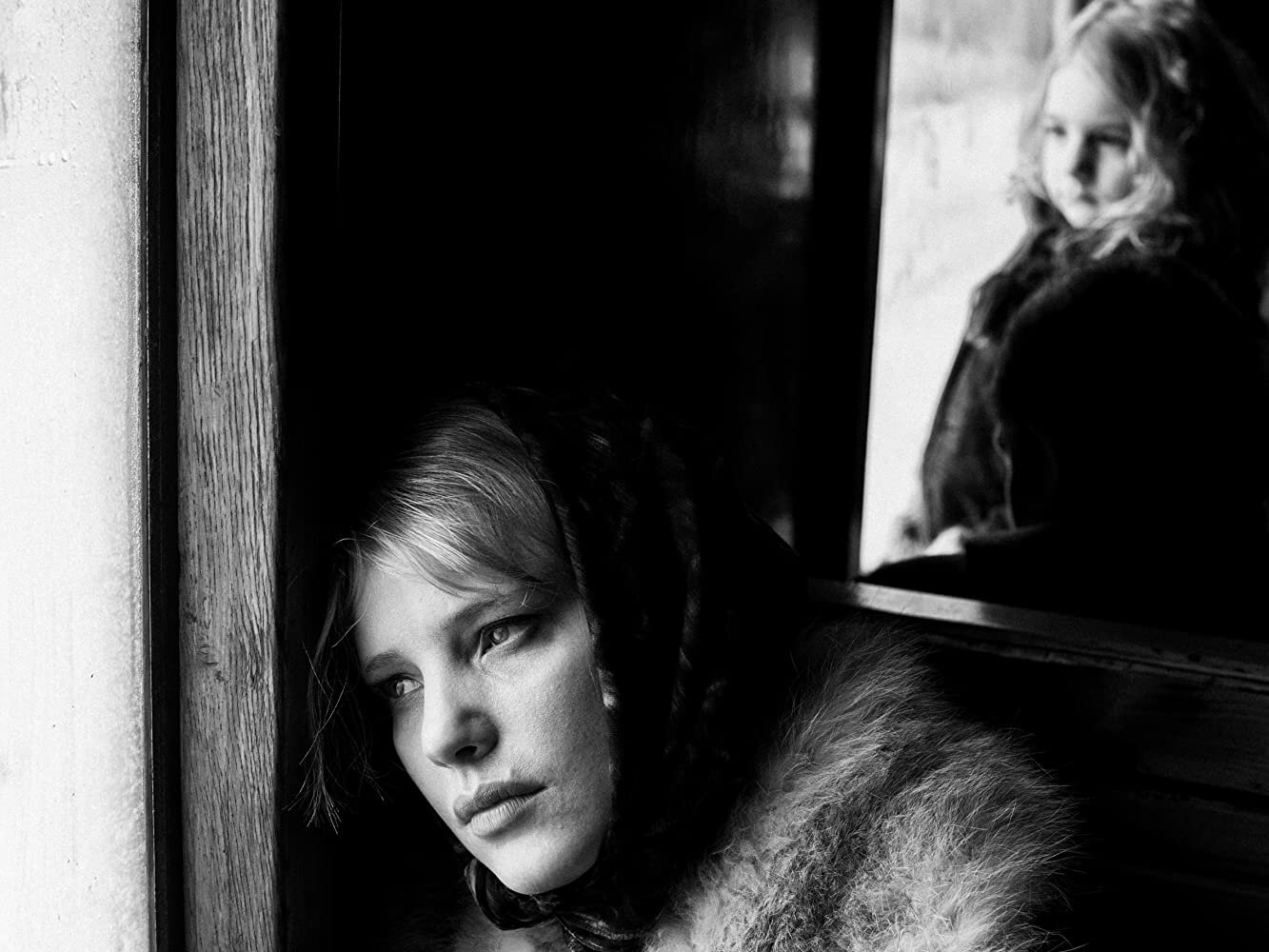My favorite movies by female film directors
“Little Women“ by Greta Gerwig
I’ve decided to dedicate today’s film list to female directors and my favorite movies shot by them.
If you asked me on the street “name a female film director”, I’d probably name you 5 from the top of my head, but after researching the topic, I’ve realised how many great movies I love were directed by women!
I often hear criticism of the gender quotas and people saying things like “films should be judged on their qualities not on the gender of their director”, but here is my take on it. First of, art is subjective and it is really hard to pick “THE best movie“ and “THE best director“. Secondly, let’s talk statistics – when you’re given an option to pick ONE film from 10 overall quite good movies, 1 of which is shot by a female director, while rest are directed by men – statistically, you’d probably pick one of the men. That is why we need more women in the field – so we can break that statistic.
Now let’s talk why there are not enough female directors. And here, instead of talking about the “men’s world“, which is the first thing which comes to mind, let’s look at the earliest stages of picking a future profession – our childhood.
Our personal choices are not 100% ours. We, as children, are heavily influenced by our parents and by the society we live in. As a girl, becoming a film director may not come to your mind, if you never heard of a famous female director, who won an Oscar and thus do not have a role model to follow. This is why it is so important to consider female directors at awards and contests, acknowledge their work in the media and give them the grants to follow with their visual work – the more talented women will be shooting movies, the EVEN MORE women will go into this field of work and finally balance out the male-dominated industry. In simple words – we DO NEED certain quotas right now in order to NOT need them in the future.
On that note, here are my top 10 female film directors and the great movies, you should watch right now!
Sarah Polley
Canadian Sarah Polley, started as an actress, starring in such movies as My life Without Me and Dawn of the Dead. She made her directorial debut with a 2006 drama Away From Her, based on the short story by Alice Munro. The movie received various awards and nominations and was praised by the critics. It tell a story of an elderly couple, whose relationship started changing after the wife begins to develop Alzheimer’s disease.
Polley is also a talented screenwriter, writing the mini series Alias Grace, based on a novel by Margaret Atwood and directed by another female director Mary Harron.
Tatyana Lioznova
Soviet filmmaker Lioznova is mostly known for directing a cult spy mini-series Seventeen Moments of Spring about the Soviet spy Maxim Isayev, operating in Nazi Germany under a name Max Otto von Stierlitz. This series became the most successful Soviet espionage thrillers ever made.
Lioznova, nevertheless, also directed some of my favorite feature films, with strong and multilayered female leads and poignant musical scores.
Her Carnival (1982) is one of my favorite movies of all times. Telling a story of a young small-town girl, who dreams of becoming a singer/performer and moves to Moscow to pursue her dreams. Unlike many similar movies from the West, this one doesn’t offer a Hollywood happy ending. It is dramatic and funny at the same time.
You can watch the whole film with English subtitles here:
Three Poplars at Plyushchikha Street (1968). A story of a married woman, who meets a charismatic taxi driver on a trip to Moscow and has a difficult personal choices to make. I overlooked this film in the past and only watched it recently. It is a great film, which leaves a melancholic impression.
Liliana Cavani
Italian director Liliana Cavani made her mark in cinematic history with her cult classic drama The Night Porter (1974) with Dirk Bogarde young Charlotte Rampling. This erotic drama tells a story of twisted romance between an ex-Nazi concentration camp guard and his former prisoner. It is a hard and uncomfortable watch, which raises many questions – about human nature, Stockholm syndrome, love and guilt.
Debra Granik
Granik’s drama WInter’s Bone (2010) put young Jennifer Lawrence on the radars. This realistic drama, set in the poorest part of America – the Missourian Ozarks, tells a story of a young girl, who needs to find her drug-dealing father to protect her family from eviction. I didn’t know who Lawrence were, when I watched it, but I was immensely impressed by her acting.
Jane Campion
New Zealander Jane Campion (whose Bright Star I’ve listed on my Visually Stunning List) is the first and only female director to receive a Palme d’Or in Cannes.
In her The Piano (1993) we follow a story of a mute woman and her young daughter, living in the coastal little town in in the mid-19-century New Zealand. I re-watched the film after my January trip to the country just to be reminded, what an amazing movie it is.
For this film Campion also received an Oscar for the best original screenplay. It stars Holly Hunter and young Anna Paquin (True Blood), both of whom also received Oscars for their performances.
Marjane Satrapi
Iranian-French Satrapi is a graphic novelist-turned film director. In 2007 she directed (together with Vincent Paronaud) an animated adaptation of her own graphic novel Persepolis, about her childhood in pre- and after- Islamic Revolution Iran. It is funny at times and a great intro into the recent history of Iran.
Her recent feature film Radioactive from 2019 tells a story of another bad-ass woman – famous nuclear scientist Maria Skladowska-Curie.
Mira Nair
I would like to distinguish 2 movies by the Indian-American director Mira Nair.
First is Monsoon Wedding (2003), a reflection of the contemporary Indian life and clashes of traditions and modernity through the story of one big Indian wedding. This was the first non-Bollywood movie about modern India, which I watched and it made a great impression as well as ruined some stereotypes.
Second is Vanity Fair (2004) – William Thuckeray’s classical novel adaptation, starring Reese Witherspoon as the main character – strong-willed, clever and manipulative Becky Sharp, who makes her way into the world of rich and famous in the female-unfriendly early-19th-century London. I love these kind of stories, involving elaborate and witty female characters, who always get their way!
Greta Gerwig
Greta Gerwig is a director of my generation, that is why probably I like her films so much. Her films are touching topics, familiar to many millennial women– search for own identity, emotional maturation, relationship dynamics. As Gerwig said herself: “"I tend to start with things from my own life, then pretty quickly they spin out into their own orbit.”
Her solo-directorial debut Lady Bird (2017), a beautiful coming-of-age movie and her recent
Little Women (2019) adaptation of the famous Louisa May Alcott’s 19th-century novel of the same name, both feature strong female protagonists and characters.
Rebecca Miller
Rebecca Miller comes from an artistic family – her father was a famous playwright and Pulitzer-prize winner Arthur Miller and her mother – an award winner Magnum photographer Inge Morath.
Miller has a lot of great features on her list, but my favorite of hers is also her most recent one: a dramedy, starring the above-mentioned Greta Gerwig, Maggie’s Plan (2014) about a young New Yorker, who decides to have a kid on her own. I watched this film at the Berlinale and remember laughing really hard, while simultaneously being impressed by the protagonist and her emotional independence.
Sofia Coppola
Daughter of two filmmakers, Sofia Coppola was destined to become a director herself. We all know her for the existential comedy-drama Lost in Translation (2003), starring Bill Murray and Scarlett Johansson as well as for her period drama Marie-Antoinette (2006), with Kirsten Dunst as the infamous French queen, which I love for the amazing costumes and set design.
Other than these personal favourites of mine, here are a few more female filmmakers and films, absolutely worth mentioning:
Catherine Hardwicke
Most of us know her teenage vampire drama Twilight (2008), but the movie, really worth mentioning is Thirteen (2003), a teenage drama, which Hardwicke co-wrote with then-13-year old Nikki Reed, who also plays one of the main roles, along with Evan Rachel Wood.
Loren Scafaria
Scafaria directed such movies as Nick & Norah's Infinite Playlist (2008), Seeking a Friend for the End of the World (2012), and recent Hustlers (2019).
JLo and Constance Wu in Hustlers
Sam Taylor-Johnson
English director Samantha Taylor-Johnson started in art and photography. While she made a certain money move, directing the first 50 Shades of Grey (2015) movie, her memorable directorial debut
Nowhere Boy (2009), about the early years of John Lennon, starring her now-husband Aaron Taylor-Johnson, is worth mentioning.
Catherine Breillat
With over 40 years experience in film, French filmmaker Catherine Breillat often redefines classical female narratives in her work. Her movies are often exploiting taboo topics and are openly sexual. Breillat’s films are probably not everyone’s cup of tea, but I’d suggest watching The Last Mistress (2007), Sleeping Beauty (2011) and Fat Girl (2001).
Asia Argento and Fu'ad Aït Aattou in The Last Mistress:
Agnès Varda
You cannot mention the French New Wave movement and feminist cinema without mentioning the works of Agnès Varda. I have to admit, I haven’t seen many of her movies, but her Cléo from 5 to 7 (1962) black-and-white feature, which follows the 1,5 hours out of life of young singer, who waits for a confirmation of her cancer diagnosis, is a must-see.
Kira Muratova
Kira Muratova was a prolific Soviet and Ukrainian director, known for her unusual directorial style. Her film language often incorporates discontinuous editing, visual and audio stimuli and combination of color- and black-and-white film. She received a Silver Bear at 1990 Berlinale for her feature The Asthenic Syndrome about people on the verge of nervous breakdown.
Valeriya Gai Germanika
Russian controversial director (and personality) Valeriya Gai Germanika became a synonym for scandal in Russian cinema and TV world at a very young age. The previously taboo topics of teenage alcohol and drug abuse, promiscuity etc are present in 2 of her TV-series (which I personally really liked) – School/Shkola (2010) and Brief Guide to a Happy Life (2012) as well as in her feature Everybody Dies But Me (2008), for which then 24-year old Germanika received a Prix Regards Jeune in Cannes.
Disclaimer: Germanika’s personal and political views are rather disturbing, but I’ve decided to include her into the list for the artistic contribution.
***
A few concluding words. I just realized it recently – but I cannot watch movies or series, which do not include strong female characters. I, for example, don’t like any of Martin Scorsese’s movies, who either makes every woman a victim, or just a background character, whose existence is solely to support the male protagonist.
For that reason growing number of female directors are so important to me and other women alike – people create artwork about the topics, which are important to them and female filmmakers often refer to the stories, which I can identify with as a woman. I am neither a background one-dimensional character nor a victim, and I do not want to constantly see women be portrayed as such. It is also great to see the raising number of female production companies, producing female-themed movies, which previously were rejected by the male-dominated industry. Movies about female sexual awakening – without porn, movies about women over 40 – without making them desperate clichés, movies about female bosses and female adventurers.
I want future generations of girls to have new role models. And I want them to be female.
10 Visually stunning movies: #stayhome edition
Visual from the “Blade Runner 2049“, dir. Denis Villeneuve
There is one fact not many know about me, but in my early 20s I used to write film reviews.
I have to admit that I also watched way more movies than nowadays, especially indie titles and art cinema. Later on, I made short documentary films during my Journalism studies. Finally, when I came to Berlin to study photography, I simultaneously enrolled into a Film Studies class at the Free University of Berlin, where watching and analysing movies became an obligatory part of my curriculum.
Needless to say after this introduction, as a current photographer and occasional videographer, I draw a lot of inspiration from films. I am not a cinematographic snob and watch all kinds of movies – indie, film noir, new wave, blockbusters and chick flicks. There are occasions for all kinds of entertainment in my life – both intellectual European low-budget and brainless feel-good Hollywood productions.
Some movies rely on the scenario and dialog, while others use specific cinematographic approaches to play with viewers’ emotions and feelings. As a visual person, I certainly prefer the cinematographic approach to film-making, thus beautiful camera work always attracts my attention and triggers my curiosity. I am often inspired by a particular visual language of a film, its light and shadow play, particular usage of focal lengths, choice of colours and camera movement.
Since traveling became impossible these days, I’ve prepared a list of 10 visually stunning movies (organised in a chronological order), which trigger emotions. I’ve tried to pick films from different decades and explained why I personally love each of them:
1. Romeo and Juliet (1968) by Franco Zeffirelli
There are many film adaptations of the famous Shakespeare play, but the one directed by the Italian director Franco Zeffirelli stands out most from the cinematographic point of view. The amazing work by cinematographer Pasqualino de Santis won him an Oscar that year.
It is important to notice the costume design (also Oscar-winning) and its colourful settings, which helped to create the Middle-Age atmosphere, so present in the movie. Actors Leonard Whiting and Olivia Hussey were only 16 and 15 accordingly, being the first actors to play Shakespearean characters close to their own age. Both rather inexperienced in acting, they brought that youthful presence and naïveté, which the previous adaptations often lacked. De Santis uses a lot of close-ups (especially of the emotions) as well as almost static group scenes. Screenshots from the film can often be mistaken for medieval religious paintings – which was without mistake a deliberate creative intention.
As a 16-year old myself at the time, I loved the movie. I even printed out a screenshot of the scene below and it hung on my wall for many years.
2. The Color of Pomegranates (1969) by Sergei Parajanov
When talking about poetic cinema, it is hard to avoid mentioning the Armenian director Sergei Parajanov (who worked in both Kyiv and Yerevan). The Color of Pomegranates – an art film, which reveals the life of 18th-century Armenian poet and troubadour Sayat-Nova – is something deserving a category of its own.
The movie uses little to no dialog and relies heavily on the stunning and deeply symbolic visuals, for which it gained praise from international critics, who often put it on the list of the greatest movies ever made. Minimalistic, static, often iconic scenes heavily rely on prime colours and composition.
Interesting fact: actress Sofiko Chiaureli plays 6 roles in the film, both male and female.
Overall, the film is a visual masterpiece, probably never topped by any other film in terms of novelty in visual approach.
Here you can watch the whole movie for free:
3. Mirror (1975) by Andrei Tarkovsky
Tarkovsky takes a crucial place in the world of art cinema and is considered one of the greatest directors of all times. There is a chance that even if you are not an art-cinema lover, you’ve stumbled onto his Solaris (1972) or Stalker (1979).
Despite working with different cinematographers throughout his career, the visual language of Tarkovsky’s films is persistent and notable for its long takes and dreamlike visual sequences.
Mirror, his semi-autobiographical art film, which lacks linear structure, was described as incomprehensible by the Soviet critics, but gained international praise and is often considered one of the best films ever made. Its usage of loosely connected dream-like imagery – both color, black-and-white and sepia – is often compared to the stream of consciousness technique in literature.
I personally see this film as a painting, which came alive. I am not even trying to pretend that I understand its whole symbolism, but some things root deeper in our brains, only to be understood later on a different level.
Here are 3 examples of Tarkovsky’s famous long takes:
4. In the Mood for Love (2000) by Wong Kar-Wai
There are certain movies (as well as images and painting), so visually beautiful, that you completely lose the thread of narration behind it. I often similarly lose myself in the beautiful writings of Haruki Murakami – some scenes and descriptions are captivating, yet afterwards you forget completely what the whole thing was about.
Here is my honest review – I don’t remember the plot of the Kar-Wai’s movie at all, yet, even years after I’ve watched it, I am haunted by its beautiful night imagery, shadow and light play, careful compositions of the mise-en-scènes as well as the colour-contrasts in costume and interior design.
5. The Pillow Book (1996) by Peter Greenaway
All right, I have to admit – back in the days this movie (owning its name and the base of the plot-line to the work of a Japanese medieval court lady and writer Sei Shonagon) was part of my sexual awakening. Deeply sensual scenes, combined with the close-ups of Ewan McGregor’s penis did their work well for my then-17-year-old self.
The disturbing, yet intriguing story, which includes many throw-backs and intertwined parallel plots between the modern-day writer/model and the medieval Japanese Lady-in-waiting, uses multiple-screens, striking light-and-shadow effects, color combinations, and overlapping images, as part of its visual narrative.
I might be biased, but for me this is one of the most beautiful and poetic movies ever made and I swear, McGregor’s penis has (almost) nothing to do with it.
Check out the digitally restored trailer for the movie. It gives a good introduction into the visual language and effects, used in the film:
6. Dolls (2002) by Takeshi Kitano
This art film by the acclaimed Japanese director (who started as a comedian, as I’ve recently learned) is often praised for its cinematography (by Katsumi Ynagishima) and costume design (by Yohji Yamamoto).
There are three novellas in the film, loosely connected, but the main focus is on a young couple, who walk around, connected by a rope.
The movie’s visuals have a strong emphasis on changing of the seasons and the wide shots of the red and orange colours of the fall or the cherry blossoms of the Japanese spring are striking.
7. Bright Star (2009) by Jane Campion
Jane Campion is most famous for her award-winning movie The Piano (1993), but her 2009 interpretation of the life of a famed British poet John Keats and his relationship with Fanny Brawne is a wonderful example of how a biographical period drama can use visual language to echo the literary poetic genius of its protagonist.
This is not a loud movie, if you know, what I mean. It is subtle and romantic, without a hint of eroticism or vulgarity. Its visual language is equally subtle and romantic – domestic scenes, shown with almost Edward Hopper-esque touch, choice of pastel colours and and simple, poetic settings – “tender”– is the word, which comes to my mind, describing the movie.
8. The Revenant (2015) by Alejandro González Iñárritu
I wasn’t sure about including this movie into the list, because of its lack of innovation, when it comes to cinematography. At the same time, the epic story of survival, which won Leonardo DiCaprio his first and long-expected Oscar, has some of the most striking visuals in the last years, despite copying most of its prominent scenes from the works of above-mentioned Andrei Tarkovksy.
If you don’t believe me, look to an amazing video comparison below.
Some people would call it homage, I’d pull my best Larry David’s “eeeeeh?” impression. At the same time, imitation is the sincerest form of flattery, and for those, unfamiliar with Tarkovsky’s work, the Revenant might be the starting point on the way to a visual discovery. And it is still a pretty good movie overall.
9. Blade Runner 2049 (2017) by Denis Villeneuve
Depending highly on CGI, this neo-noir sequel to the famed 80s Ridley Scott’s sci-fi film, was an aesthetic orgasm to my eyes. I’ve seen the original and succumbing to the limitations of the past technologies, the 1982 production, despite being a great film overall, loses big time compared to the polished perfection of the current computer graphics and effects.
One can compare the new Blade Runner to a high quality video game, with no glitches and smooth game play. No wonder, both Visual Effects and cinematography of Roger Deakings (who also collected this year’s award for 1917) won an Oscar.
10. Beanpole (2019) by Kantemir Balagov
The latest entry to my list, the historical drama by the young (and I mean really young – only 27, when the movie premiered at Cannes last year) Russian director Kantemir Balagov (not your usual Russian name, believe me) is impressive. The story shows a different view onto the lives of people, affected by WWII in the post-war Leningrad (current Saint Petersburg).
The cinematography – by the even more astonishingly young Kseniya Sereda (the first female cinematographer on my list), who was only 23 at the time of shooting – is breathtaking. The usage of complementary colours (mainly green and red) in costume design and settings, the intimate, almost invasive closeups, picturesque compositions – all these elements create a haunting, heavy atmosphere, adding extra psychological weight onto the mentally-wounded protagonists.
***
As you might have noticed, I’ve included mostly colour films into the list. Mostly because in my own work I rely on color a lot, thus the inspiration I draw is from the colour films as well.
If you need recommendation for a black-and-white movies with beautiful cinematography, then I’ll go for:
Meshes of the Afternoon (1943) by Maya Deren
A short surrealist film, written, directed and starred in by a wife-husband duo – Maya Deren and Alexander Hammid.
I stumbled onto this short film from a music video to Milla Jovovitch’ song from 1994, called Gentleman Who Fell (by the way, you should check it out, together with Milla’s 1994 album Divine Comedy, it is really good).
Critics usually agree that Maya Deren made most of the artistic direction on the movie, drawing extensive story boards and depicting camera movements and effects, while her husband was mainly a cameraman.
Here are the links to the original film as well as to the Milla Jovovitch homage music video:
I am Cuba/Soy Cuba (1964) Mikhail Kalatozov
A 1964 Soviet-Cuban co-production, directed by the Russian director Mikhail Kalatozov with the genius innovative cinematography of Sergey Urusevsky. This duo won a Palm d’Or at the Cannes Film Festival in 1958 for the war film The Cranes are Flying.
Soy Cuba wasn’t received well in neither USSR nor Cuba, but recently it came to light, praised by Martin Scorsese and filmmakers alike for its acrobatic tracking shots, usage of the extremely wide-angle camera lenses – even in close-ups – and infrared film to exaggerate contrast.
I found this movie by accident – watching the 3rd season of Marvelous Mrs Maisel - I was impressed by one particular scene, which was visually different from the usual cinematography of the TV-show. When I researched it, I found out that the scene was a homage to Soy Cuba, copying the whole setting, camera work, light as well as soundtrack from the infamous Soviet production. Here you can see both and compare for yourself:
Cold War (2018) by Pawel Pawlikowski
It is rare to see a contemporary production, shot on black-and-white, but Pawel Pawlikowski uses this visual time machine often in his works. His previous feature film Ida, was also monochrome.
This story of love and despair follows its two protagonists through the years, from Poland to Paris and back from the 40s and into the 60s. Visually, I saw a lot of Ingmar Bergman’s influence.
***
I hope you enjoyed the list and will take some new knowledge with you, as well as watch some of them, I’ve recommended. There are many other great directors and cinematographers, worth mentioning, but these are my personal favourites aesthetic-wise. I know I didn’t mention such an obvious choice (for many) as Wes Anderson, but that is due to the fact, that I don’t like his movies much overall, even though I acknowledge the distinctive visual component of his work. I will be writing more film reviews and recommendations in the future, so be sure that other directors (like my all-time favourite Pedro Almodovar) and films will be mentioned and praised.
Disclaimer: All embedded videos as well as film screenshots are used for educational purposes only.

